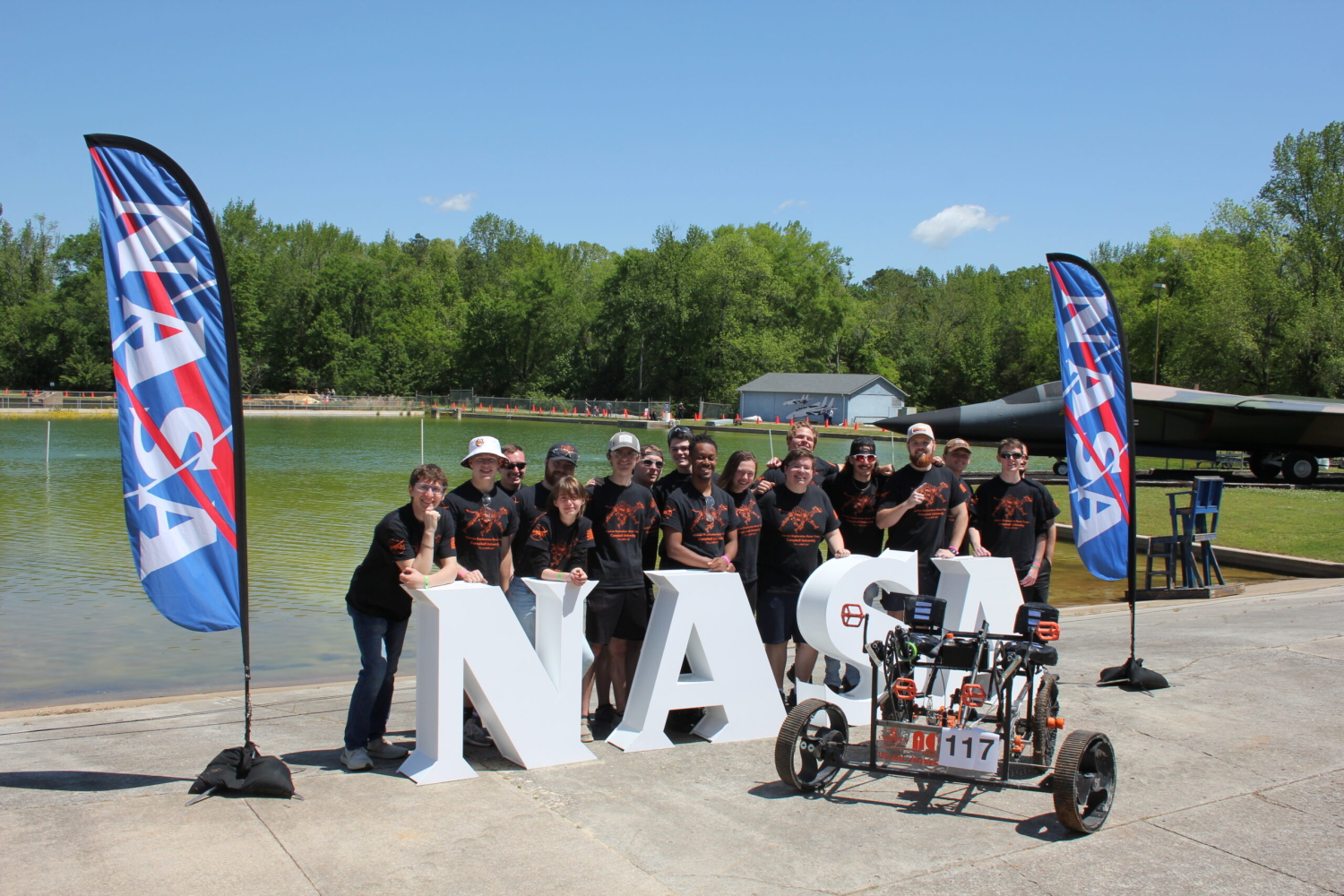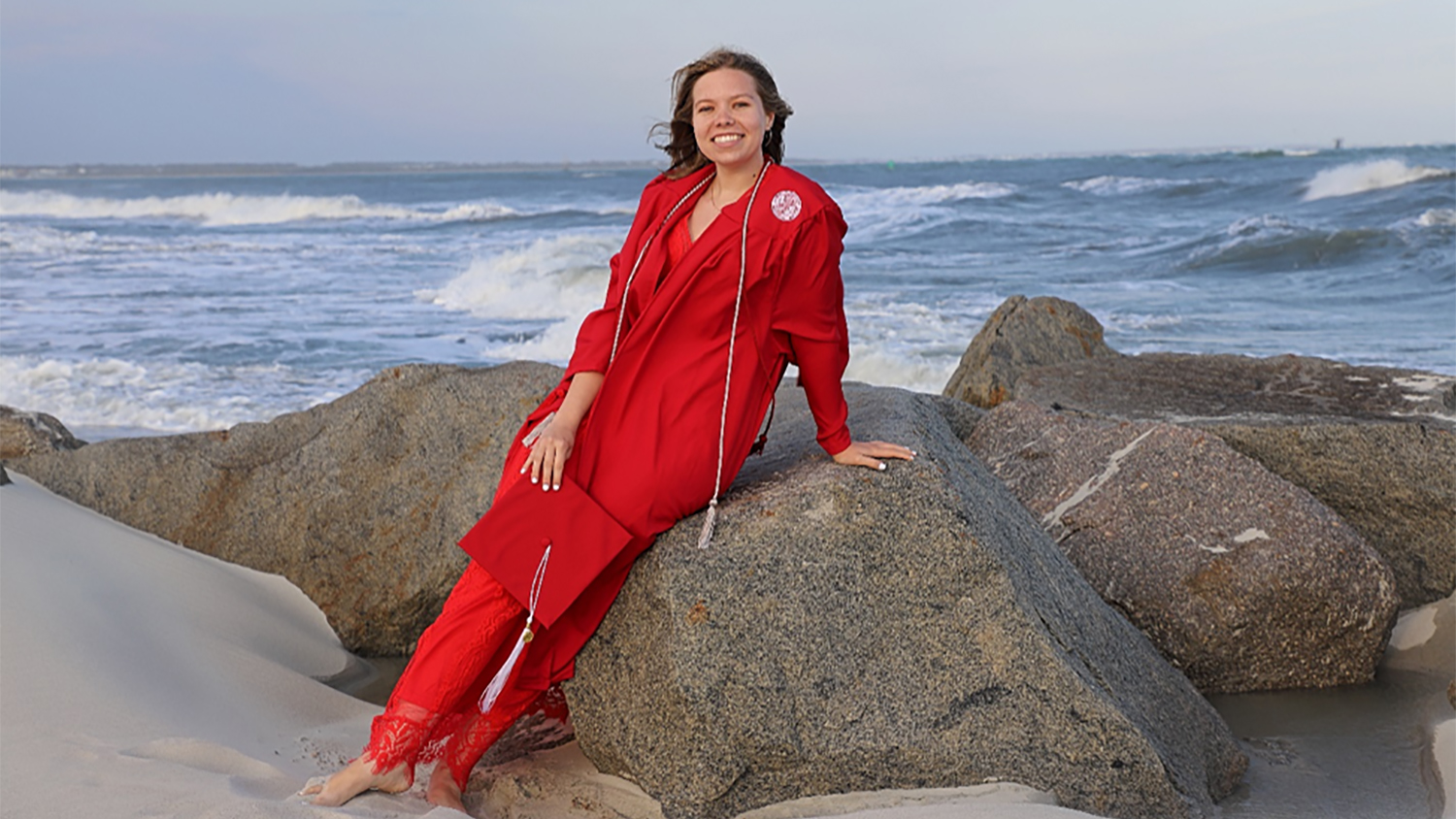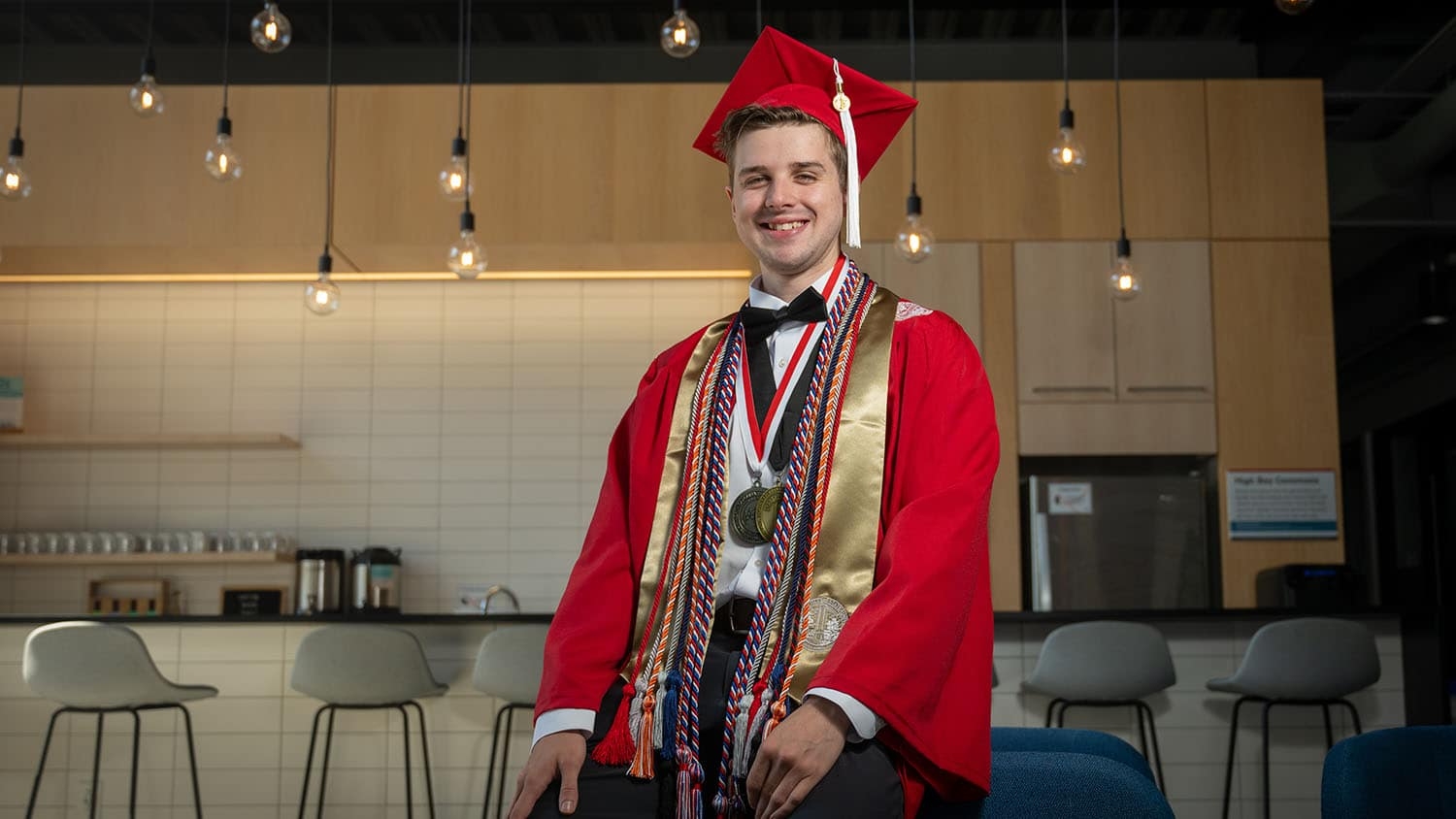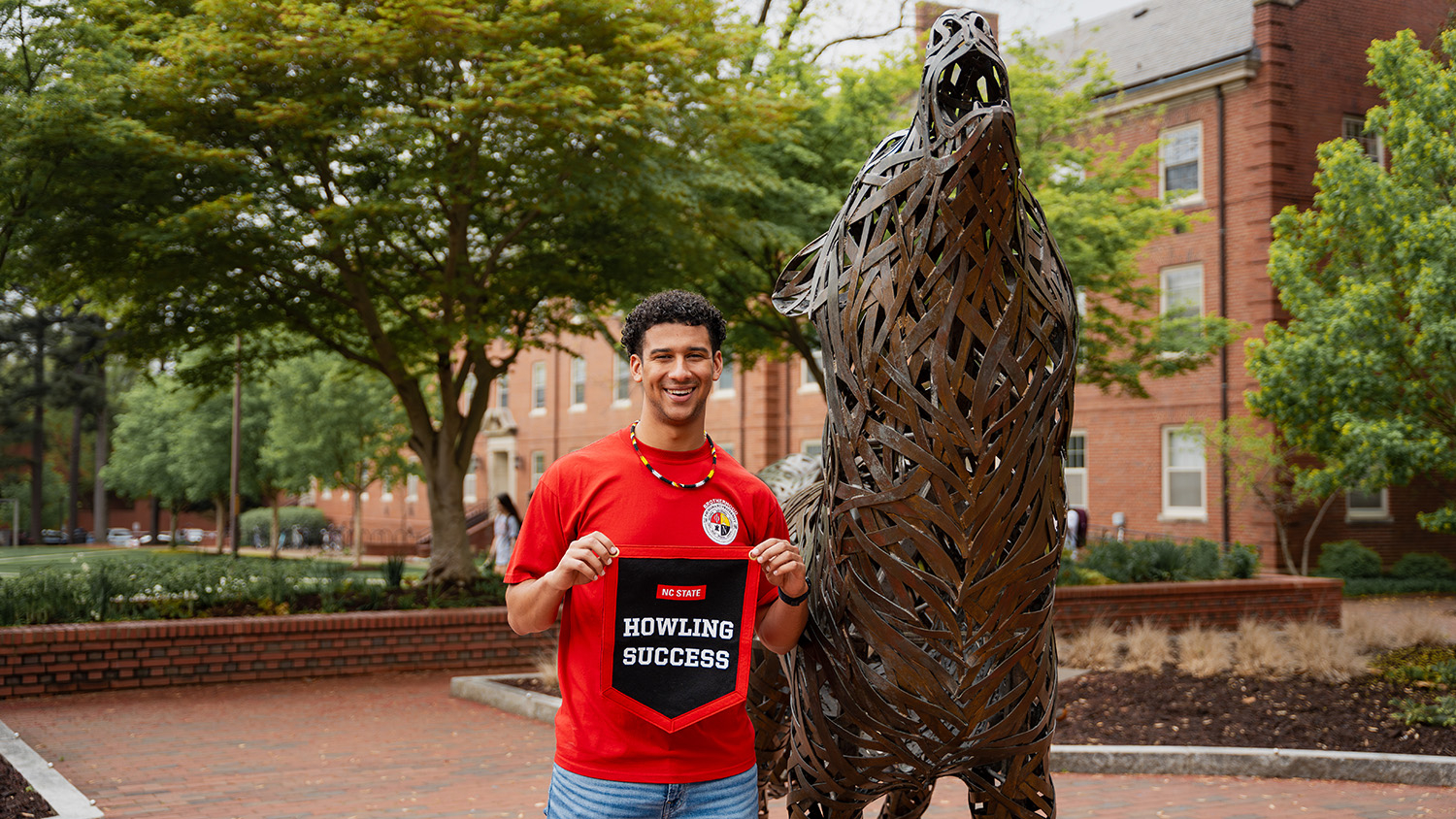North Carolina Space Grant congratulates 11 student teams who competed in 2022-2023 NASA and related science, technology, engineering and math (STEM) based competitions. The awarded teams diligently solved STEM challenges, such as launching and sustaining rockets thousands of feet in the air, or efficiently mining through simulated lunar matter.
“We are proud of our teams who had another great year of competition.” notes Sandy Canfield, assistant director for NC Space Grant.
For example, the High-Powered Rocketry Club at NC State and UNC Charlotte 49er Rocketry Team earned 1st place awards in the NASA Student Launch national competition. Additionally, Pembroke’s UNCP Rocket Team competed in the NASA Student Launch for the 1st time this year, receiving an exciting experience that they hope to continue in the future.
NC Space Grant’s Team Experience and Competition Grant Program funds North Carolina higher education student teams to compete in NASA and sanctioned STEM competitions.
“The experience provided through the Team Experience and Competition awards enables students to gain the essential professional teamwork skills necessary in the workplace,” Canfield added. “Furthermore, students are accountable for their own unique roles and responsibilities they are assigned as part of the team or mission, which leads to their own growth in knowledge, skills and abilities.”
NC Space Grant congratulates these teams for collaborating together and achieving success in this year’s competitions.
NASA Student Launch Competition
NASA’s national launching competition challenges student teams to develop powerful rockets that support the Space Launch System (SLS). The SLS is a super heavy-lift launch vehicle that can send heavy payloads. Student teams design high-powered rockets with superior components and a payload that can sustain altitudes 4,000 to 6,000 feet. Rockets often carry cameras, other remote sensing equipment or even experiments as part of their payloads. Teams also participate in multiple design reviews that parallel the NASA engineering design lifecycle, a process NASA engineers use to improve their space vehicles.
The UNC Charlotte 49er Rocketry Team, High-Powered Rocketry Club at NC State and UNCP Rocket Team blasted for take off among 69 student teams of 25 states and Puerto Rico in this competition.
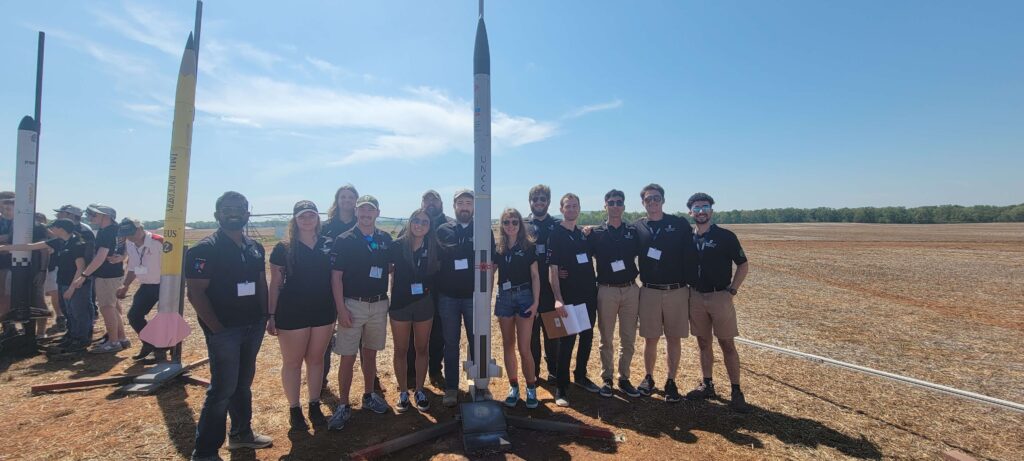
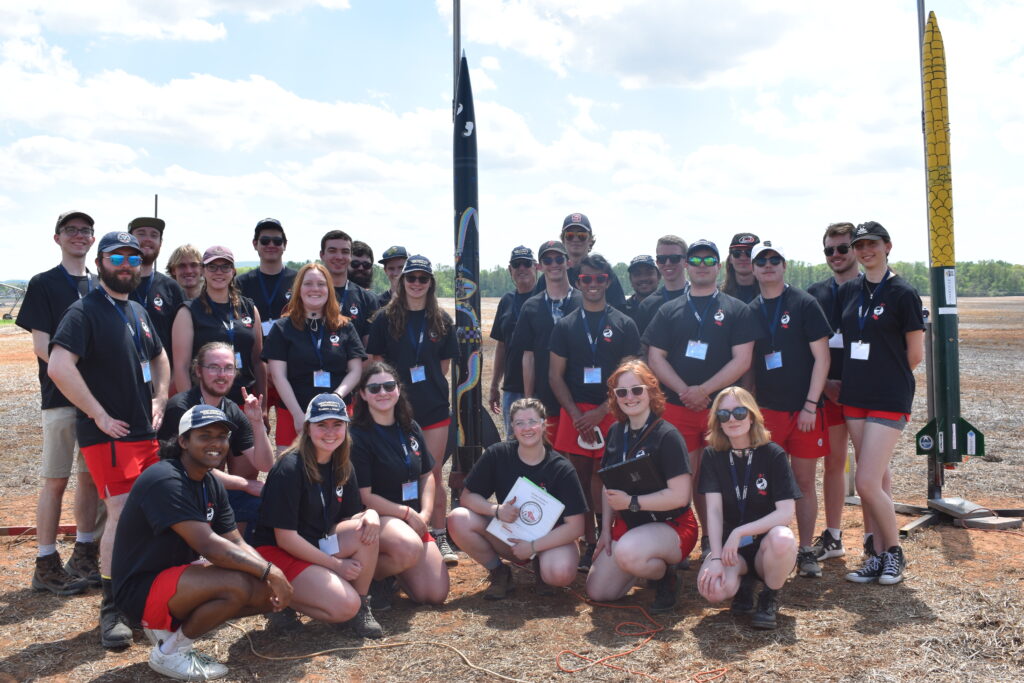
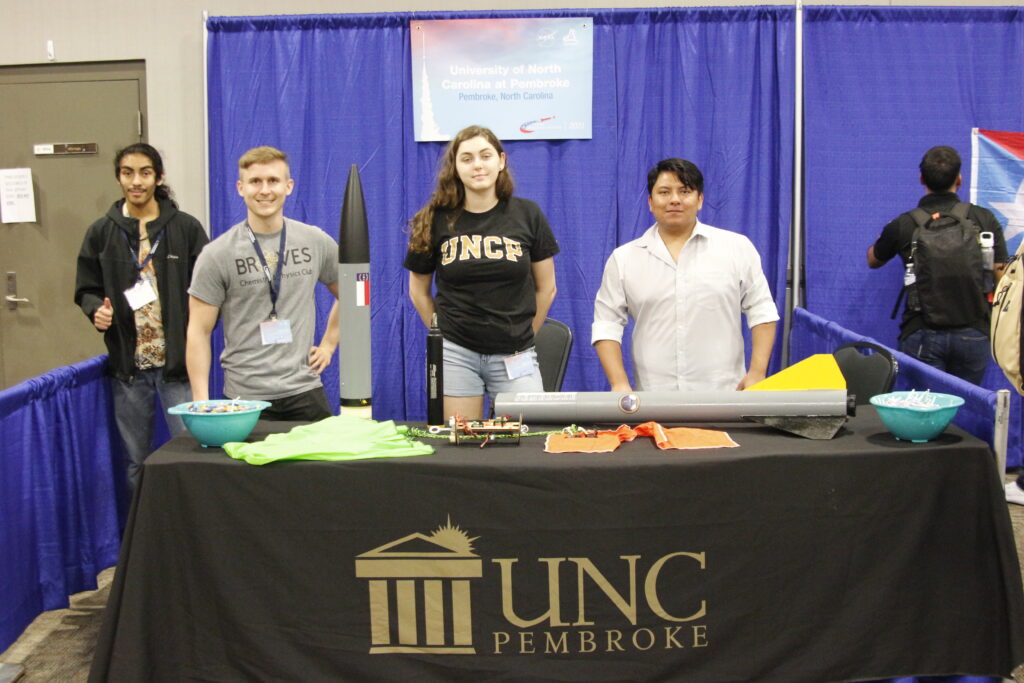
The UNC Charlotte 49er Rocketry team placed 2nd overall. The rocket’s onboard camera in its payload was efficient at taking photos and timestamping them for post-flight data analysis, which earned recognition in the payload award. The team also earned the following awards:
- 1st Place: Project Review Award
- 1st Place: Safety Award
- 2nd Place: Altitude Award
- 3rd Place: Payload Award
- 3rd Place: Social Media Award
The High-Powered Rocketry Club at NC State placed 4th overall. They also got to show off their rocket and engineering skills on statewide television. The team came close to their target altitude goal of 4,500 feet, earning the following additional awards:
- 1st Place: Best-Looking Rocket
- 2nd Place: Social Media Award
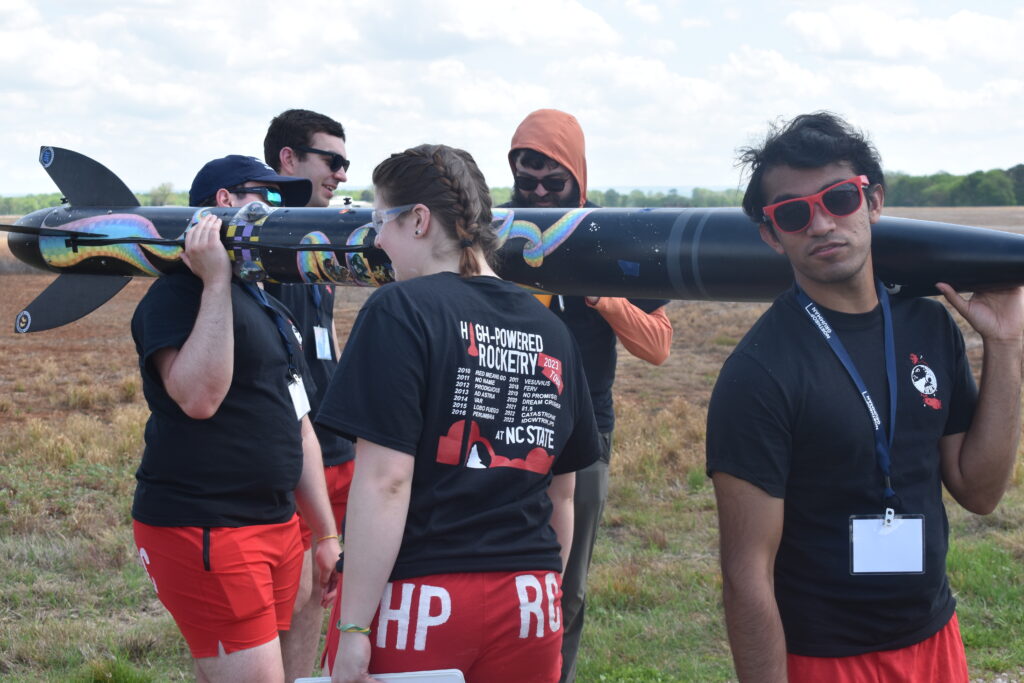
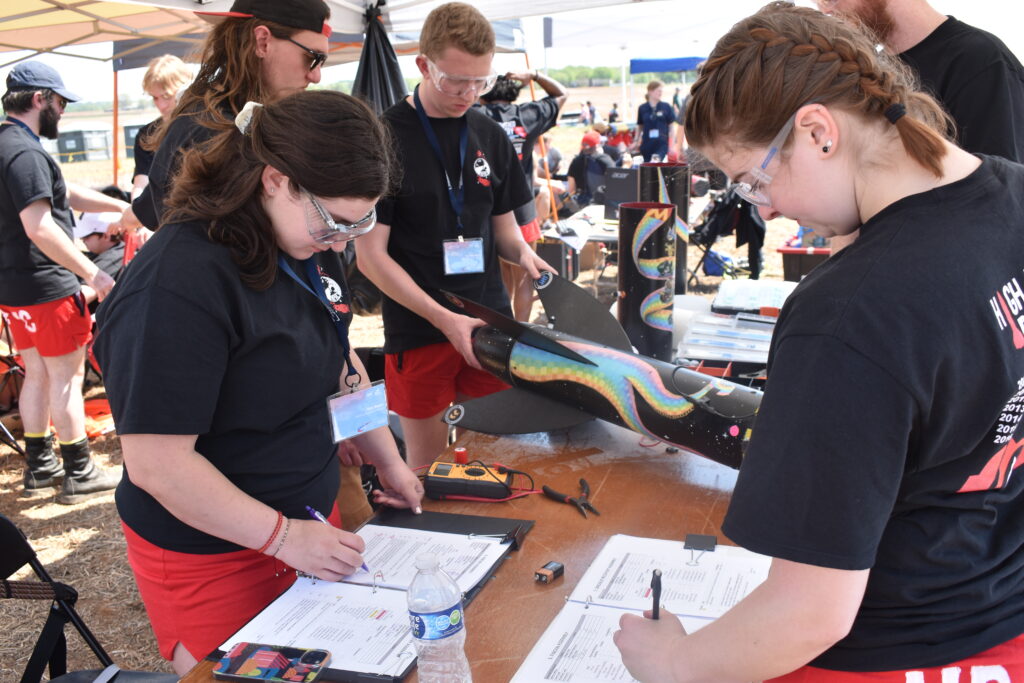
UNCP Rocket Team competed and was successful in the liftoff division, meeting their altitude goal of 5,281 feet.
“It was great exposing our students to the competition and having them interact with other students, professional engineers and NASA scientists,” said Steven Singletary, faculty principal investigator for UNCP Rocket Team. “It is not something we routinely do, and I can already see benefits from our participation.”
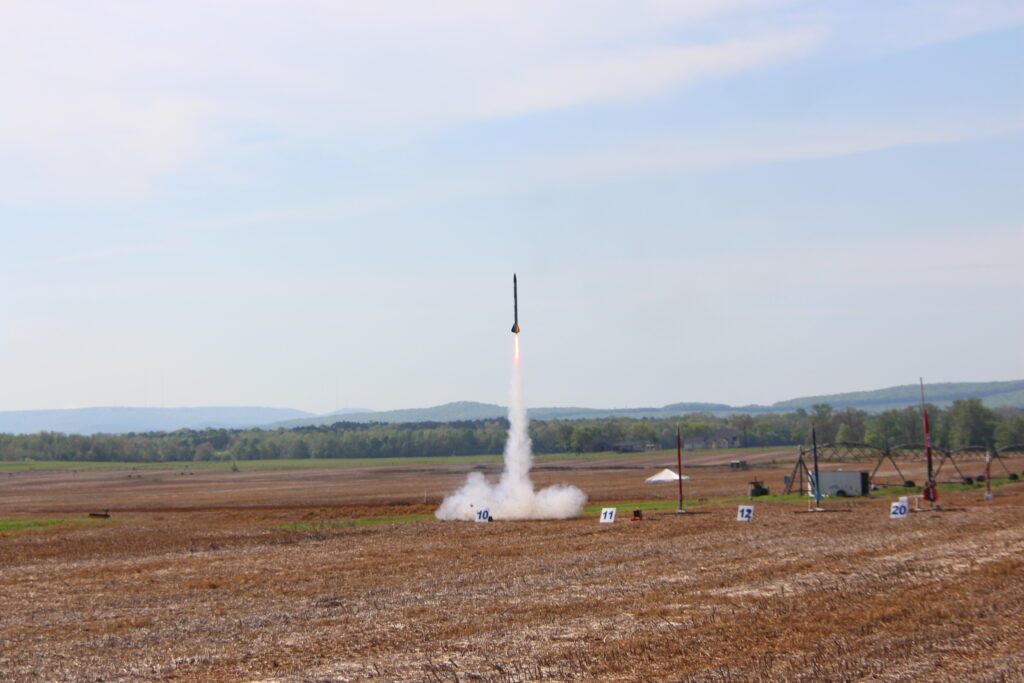
NASA Lunabotics Challenge 2023
This year’s national event challenged teams to build lunar robots called “lunabots,” and operate them in an arena to excavate gravel under a simulated rocky regolith terrain and deposit it. Teams gained experience with NASA’s systems engineering process in this competition. They provided NASA with excavation and locomotion process data for the Artemis program’s moon return.
UNC Charlotte 49er Miners and UNC-Asheville Lunabotics tackled lunar excavations in this competition. They placed highly among approximately 40 competitor teams from 26 states and a commonwealth.
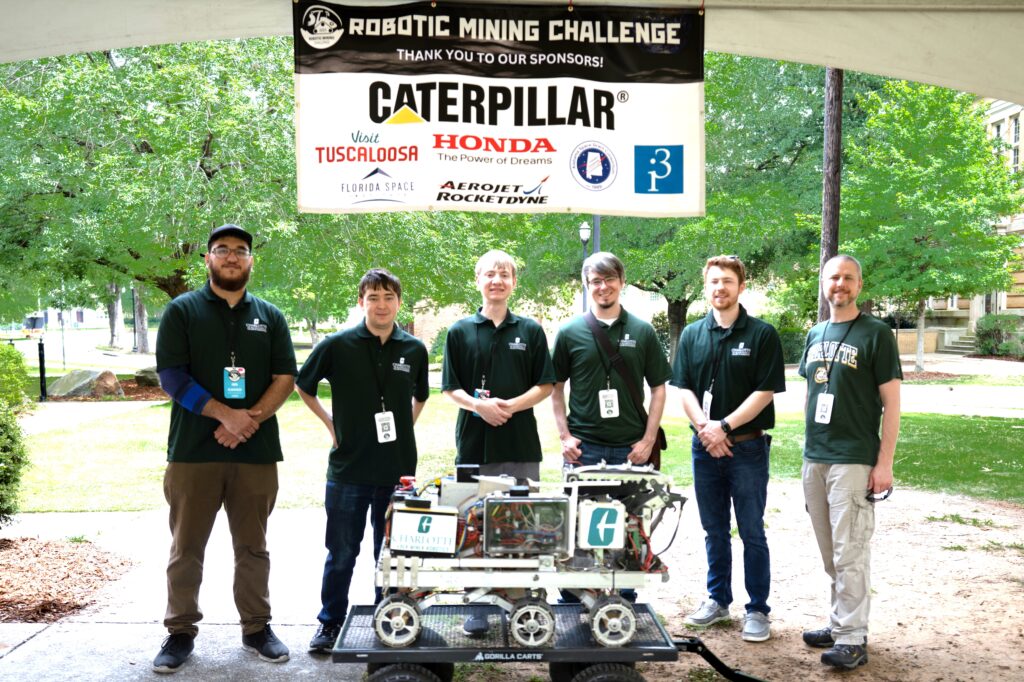
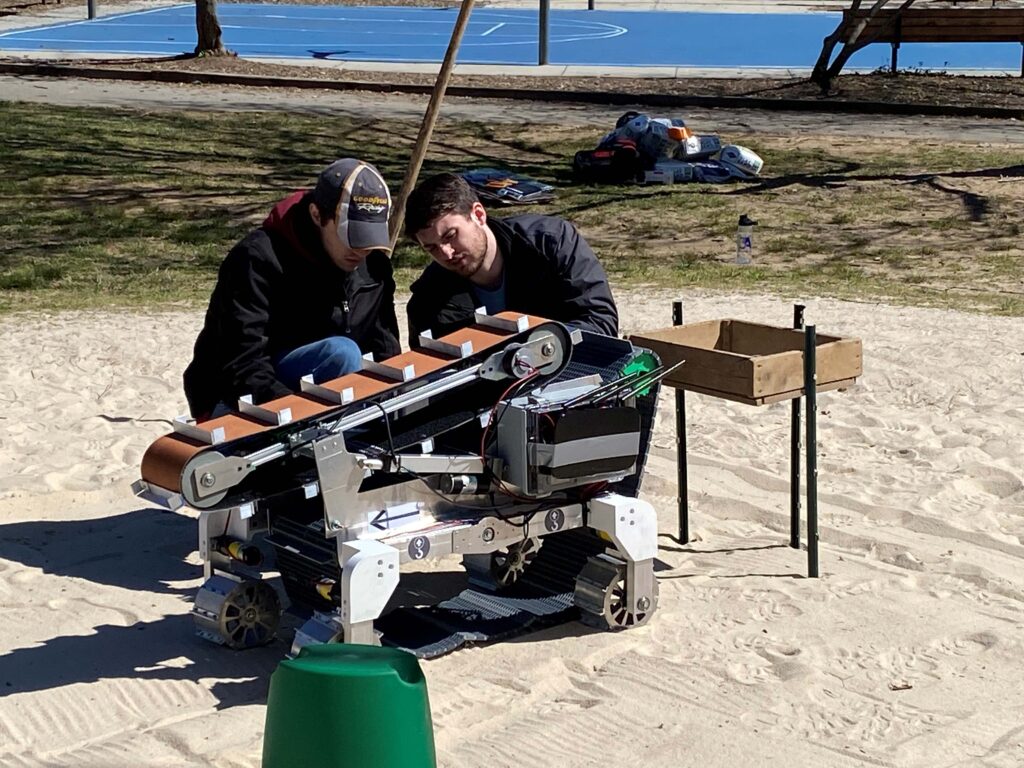
The UNC Charlotte 49er Miners placed 9th overall and received the Solar System Exploration Research Virtual Institute (SSERVI) Regolith Mechanics Award and placed 5th for the Robotic Mining Challenge Caterpillar Autonomy Award. They engineered their award-winning mining machine to use one of its rotating drums to excavate and the other to deposit lunar material into a bin. They also placed in the following awards:
- 4th Place: Public Outreach Report
- 4th Place: Systems Engineering Paper
- 6th Place: Presentations and Demonstrations
- 10th Place: Proof of Life
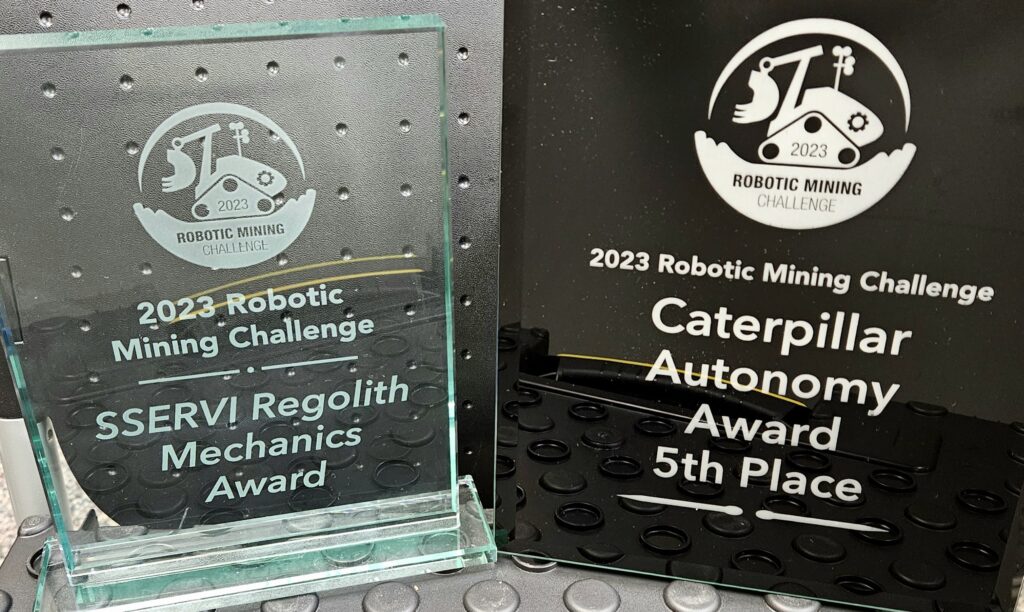
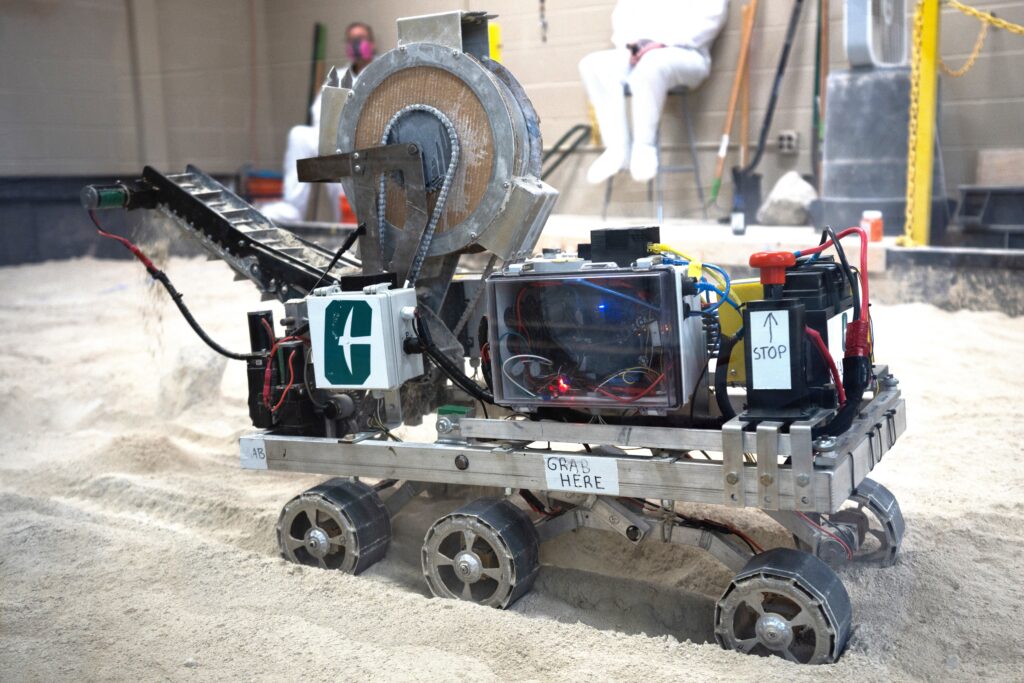
UNC-Asheville Lunabotics ranked 20th place in the competition and placed 8th in the systems engineering paper division. They also placed 12th for the project management plan score.
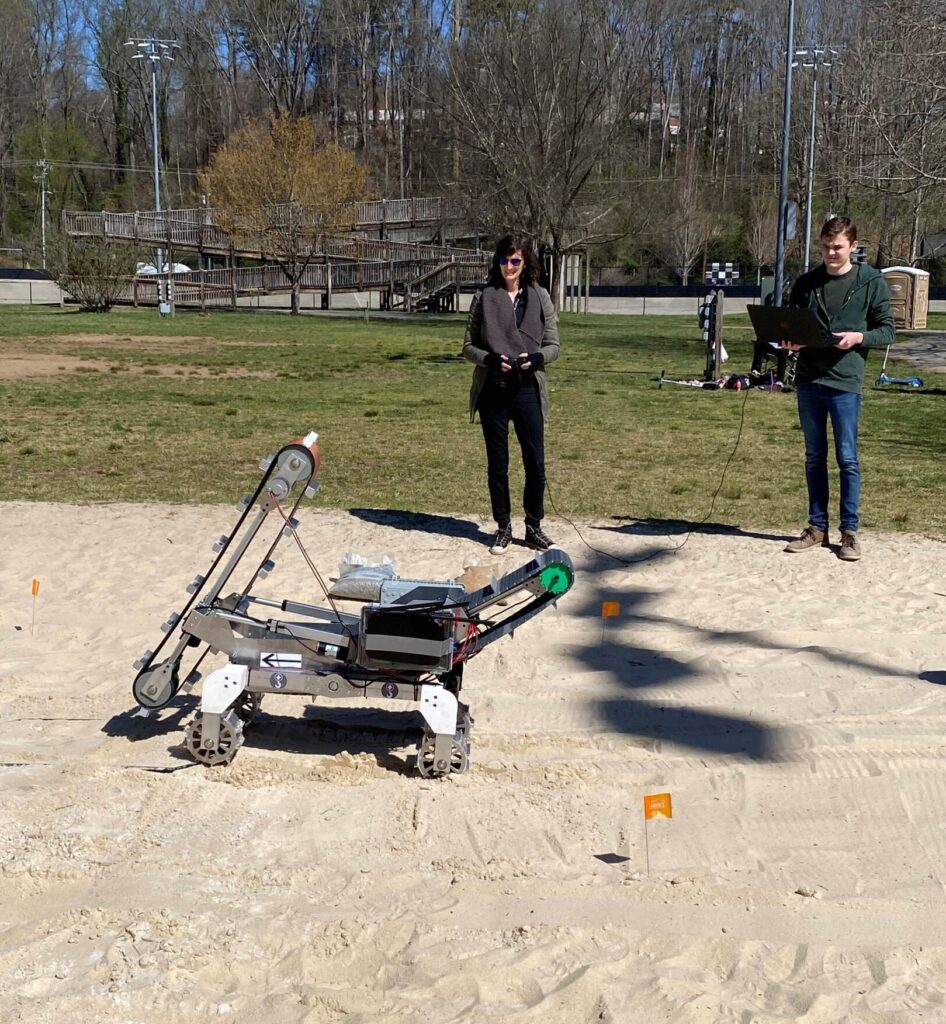
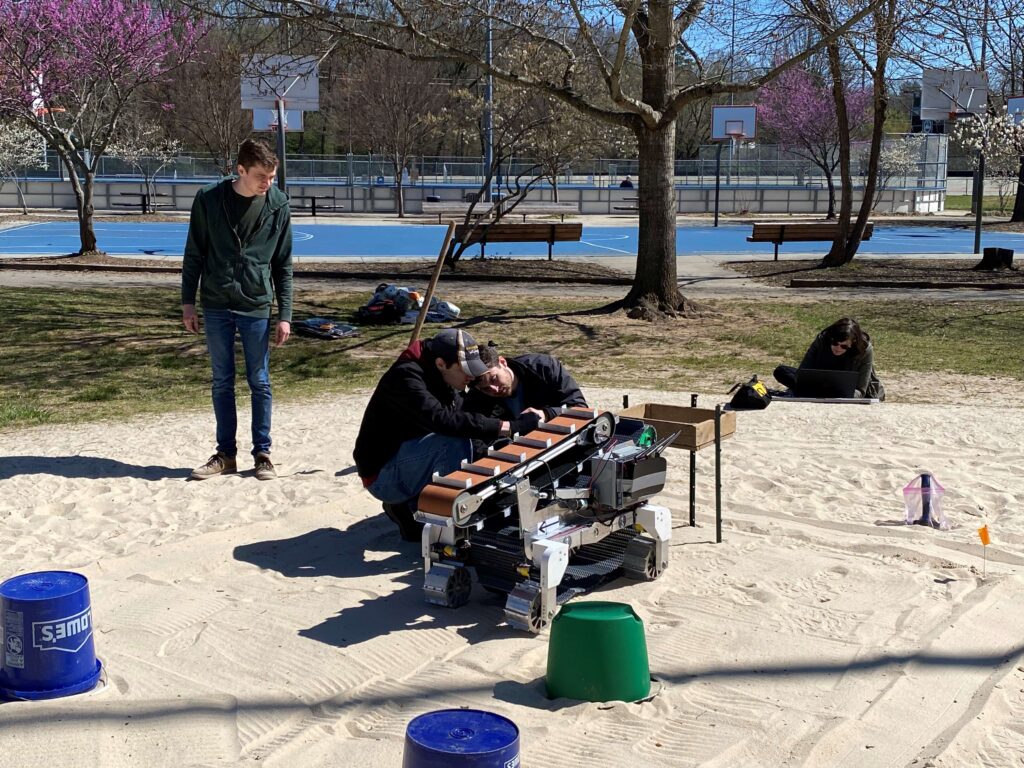
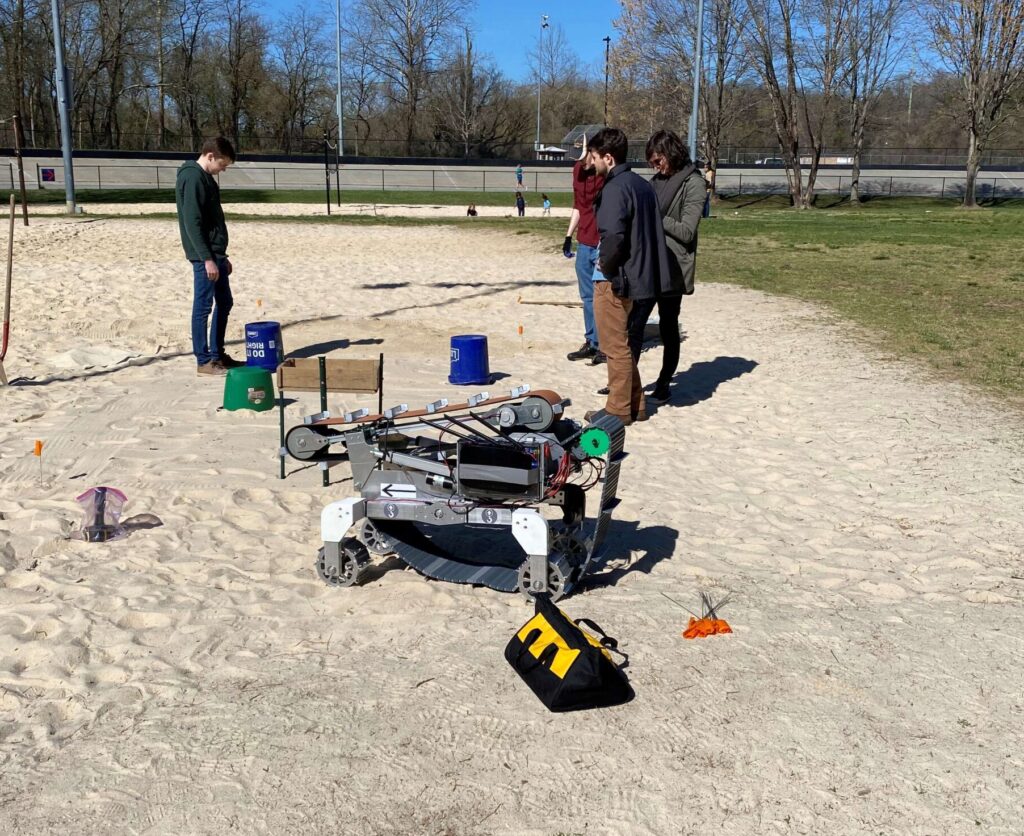
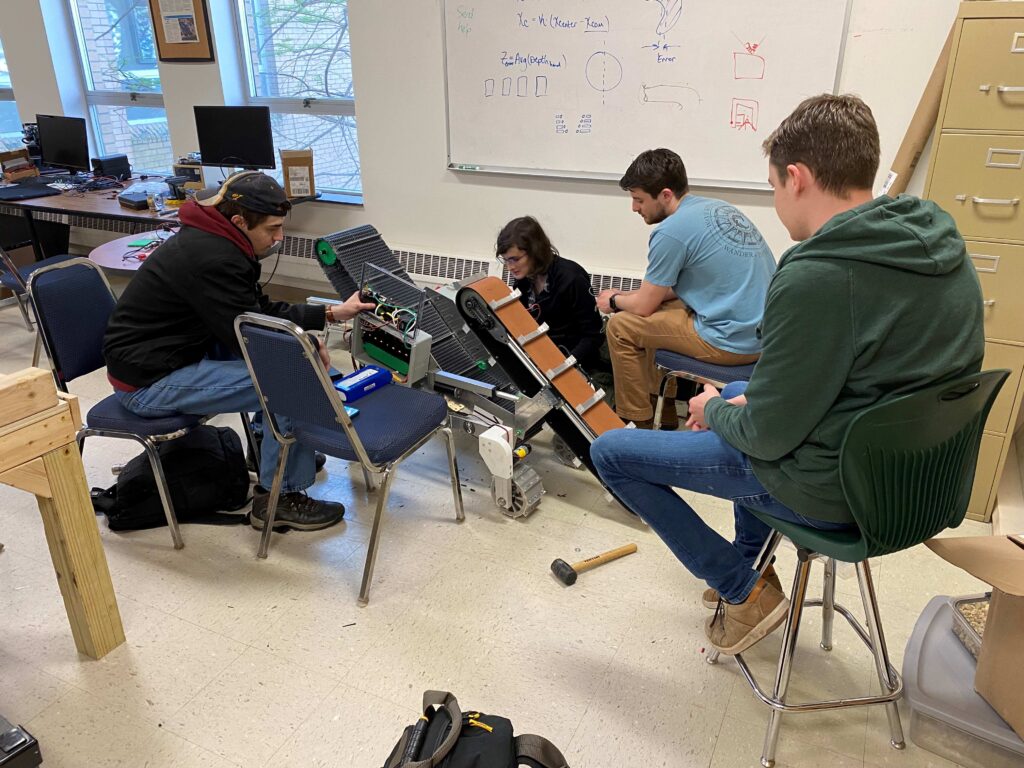
NASA Human Exploration Rover Challenge (HERC)
NASA’s international Human Exploration Rover Challenge requires student teams to create human-powered vehicles to roam another planet’s simulated surface. True to NASA’s Artemis mission to land the 1st female and person of color on the moon, NASA requires two students with at least one female to make a half-mile rover trek over simulated asteroid debris and planet matter. Student teams also experience a realistic “limited oxygen” time crunch, giving them the chance to navigate practical space mission obstacles.
The Campbell University Human Exploration Rover Team participated in this rocky challenge that drew close to 500 students.
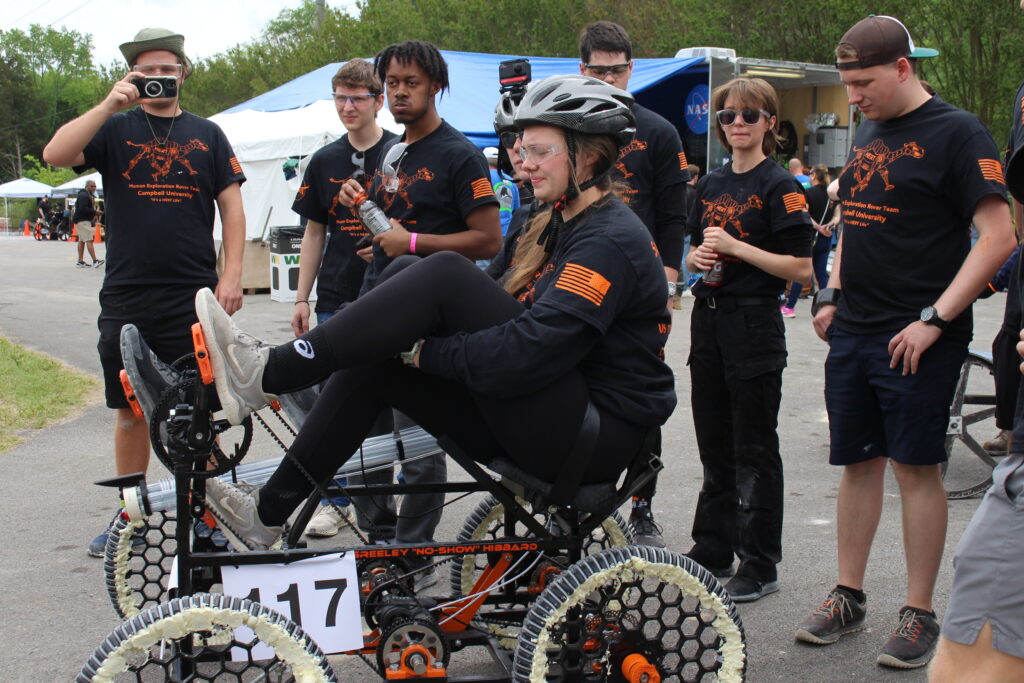
Campbell University Human Exploration Rover Team placed 5th in the competition’s university division. They utilized a unique carbon-fiber frame design, incorporating an S-shaped wheel system out of it to decrease the weight of their rover for the obstacle course.
“The team broke the previous frame of the rover in testing about two weeks before the competition, so it was a mad scramble to reassess our calculations and fabricate a new, stronger frame before integrating all the rest of the rover parts into the new frame in time,” said Lee Rynearson, faculty principal investigator of Campbell University Human Exploration Rover Team. “The team made extraordinary efforts to have any working rover for the competition at all, and to place 5th overall is a major achievement.”
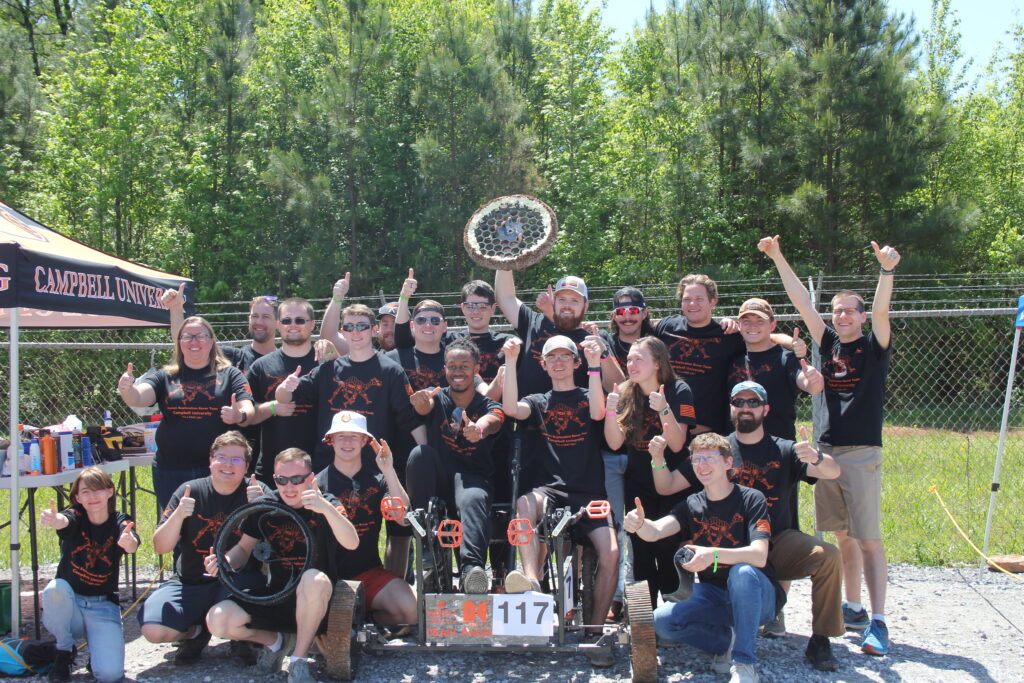
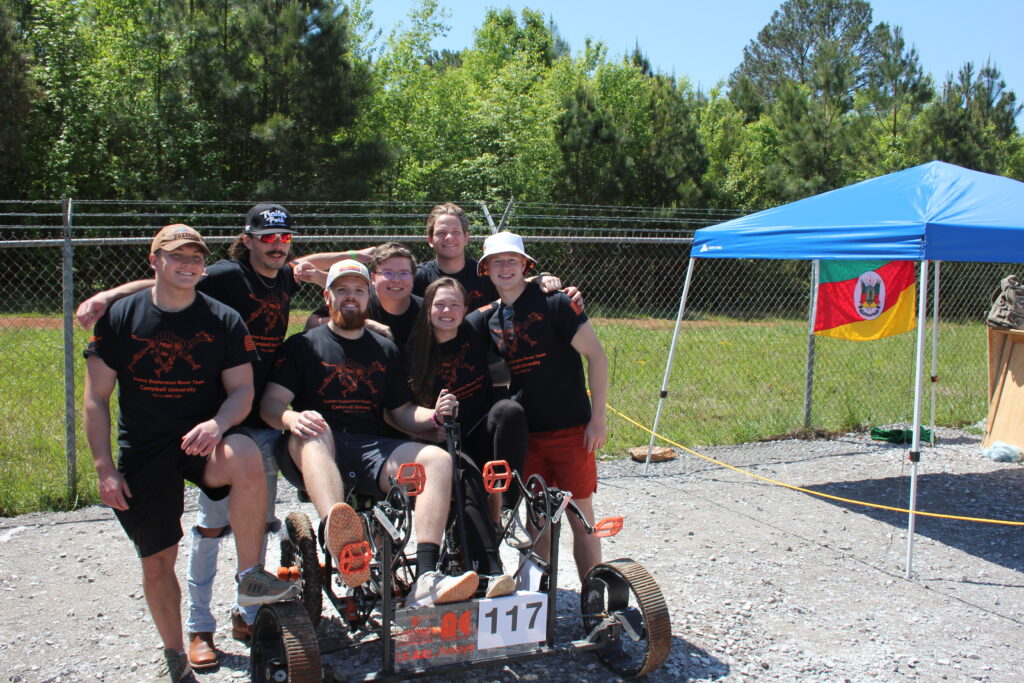
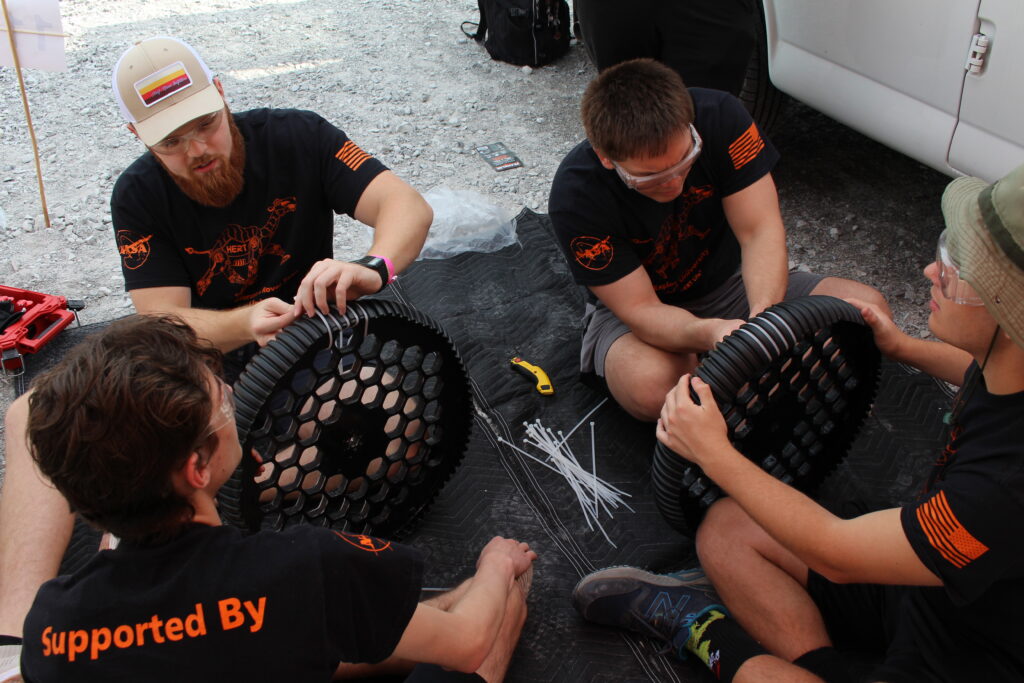
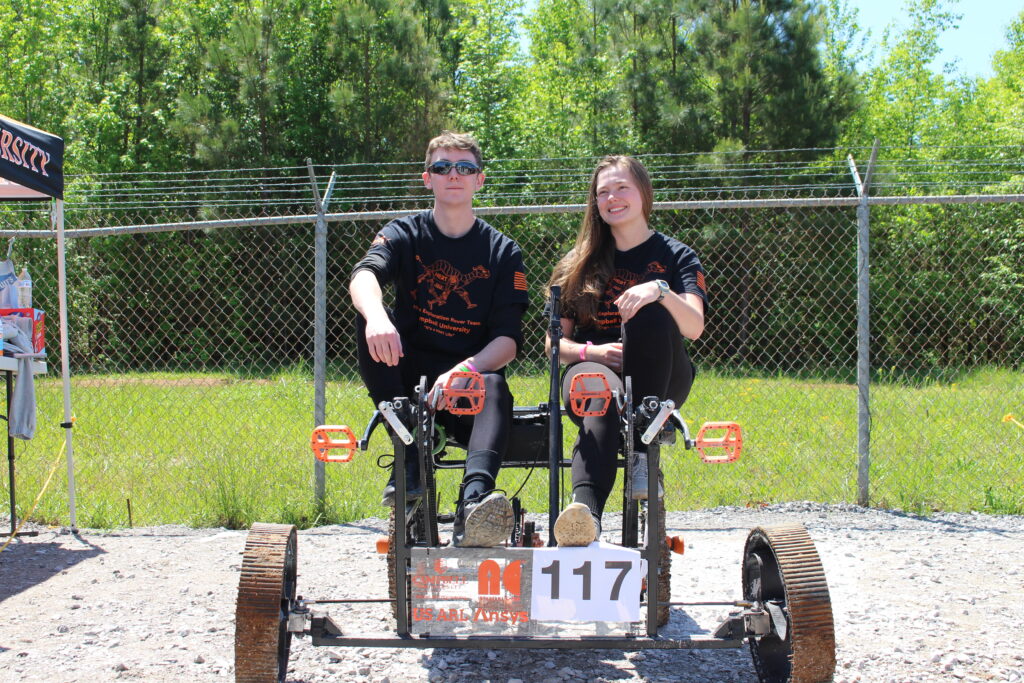
Student Unmanned Aerial Systems (SUAS) Competition (2022 – 2023)
The national SUAS Competition challenges student teams to build and assess their unmanned aerial systems through autonomous tasks by obtaining information about distant objects through its payload sensors.
The NC State Aerial Robotics Club, who competed with approximately 500 attendees this year, brings originality and accuracy by building their airframes from the ground up.
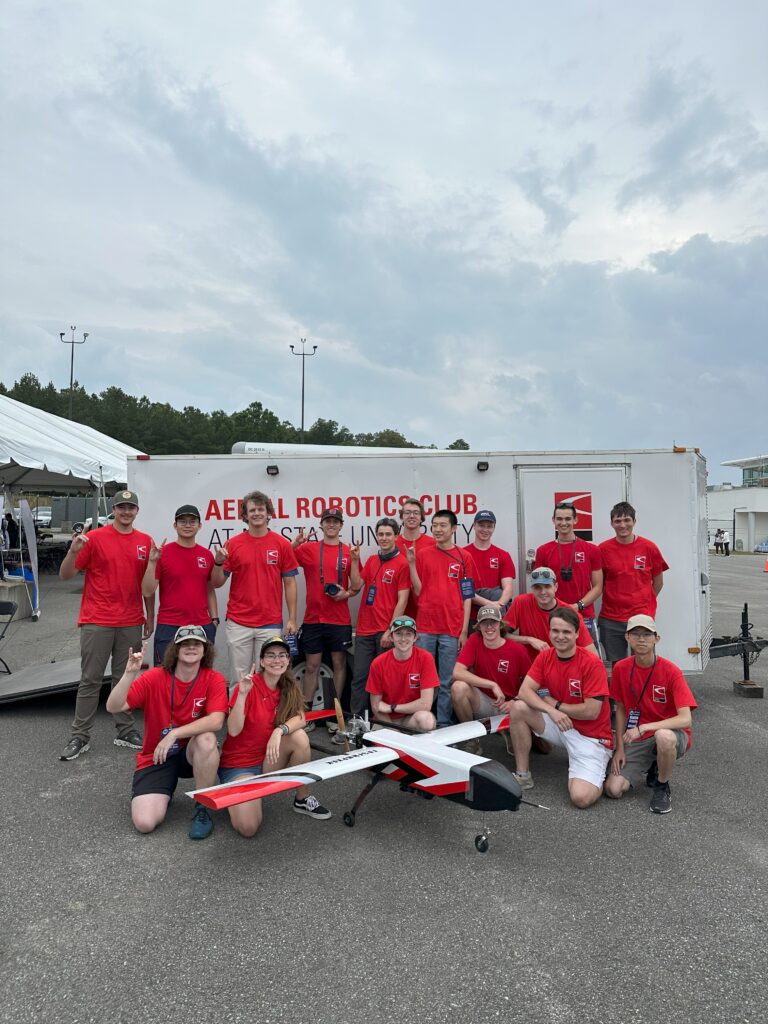
The NC State Aerial Robotics Club placed 2nd in the mission demonstration, tying with 29 other teams in the category. The NC State Aerial Robotics Club’s Akela 3 drone was terminated after going outside of the flight boundary, a fate similar to its other stalemated teams. Akela 3 featured a fixed wing drone with an 8-foot wingspan electrified by a more powerful engine. They also won the following awards:
- 29th Place: Overall
- 29th Place: Presentation Score
“Many ARC alumni work for top tech companies, aerospace contractors and government agencies, directly applying skills learned during their time in the club,” said James Sorber, Aerial Robotics Club President. “ARC works directly towards the NASA Aeronautics Research Mission Directorate by researching and innovating on unmanned aerial systems and preparing students for careers in aerospace and other STEM sectors.”
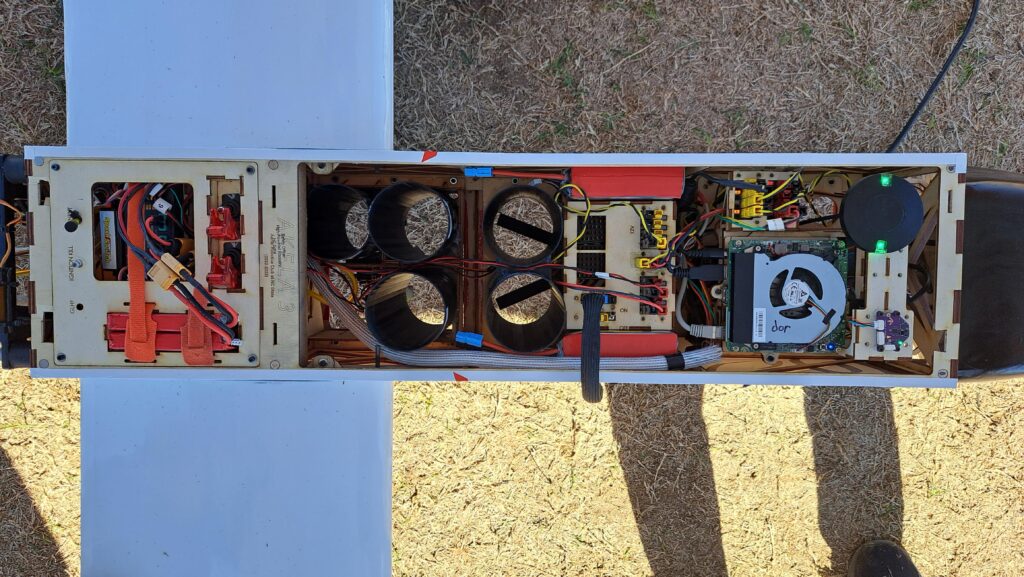
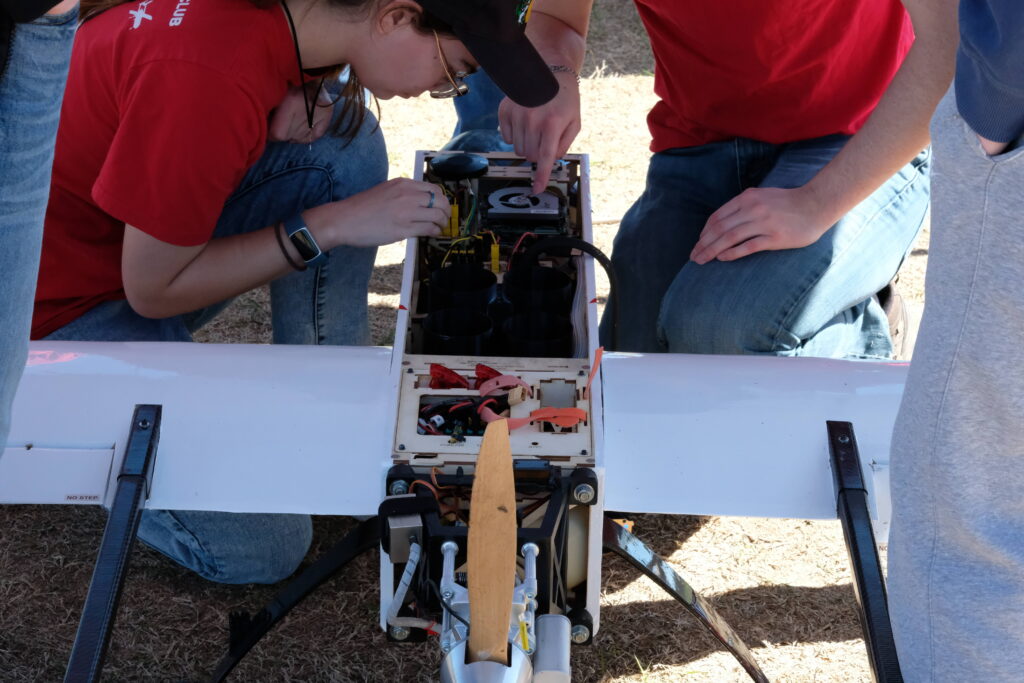
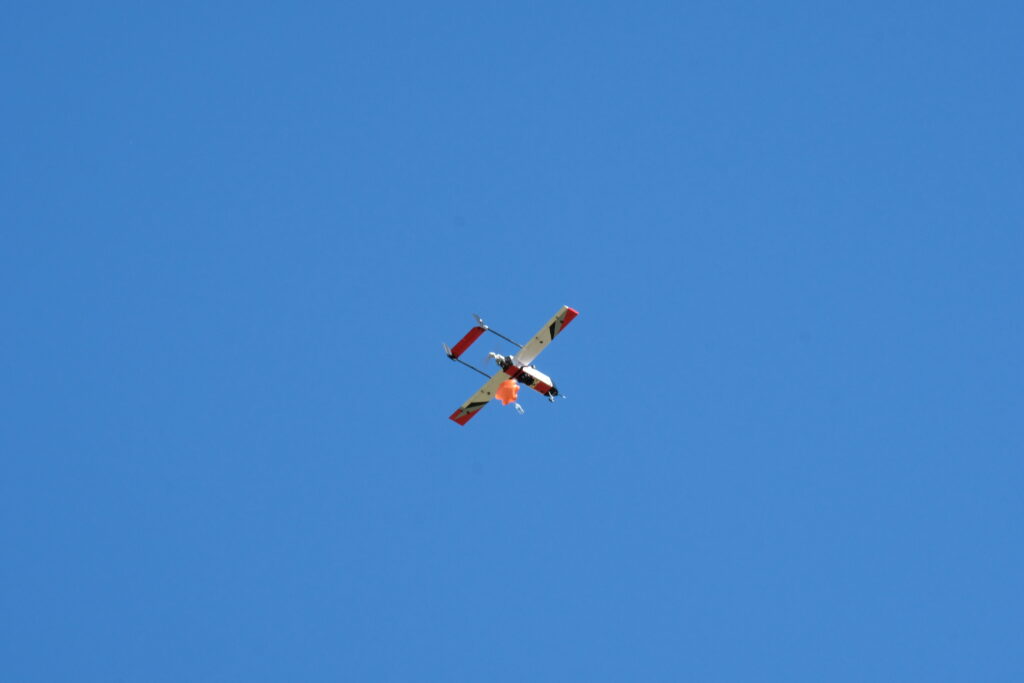
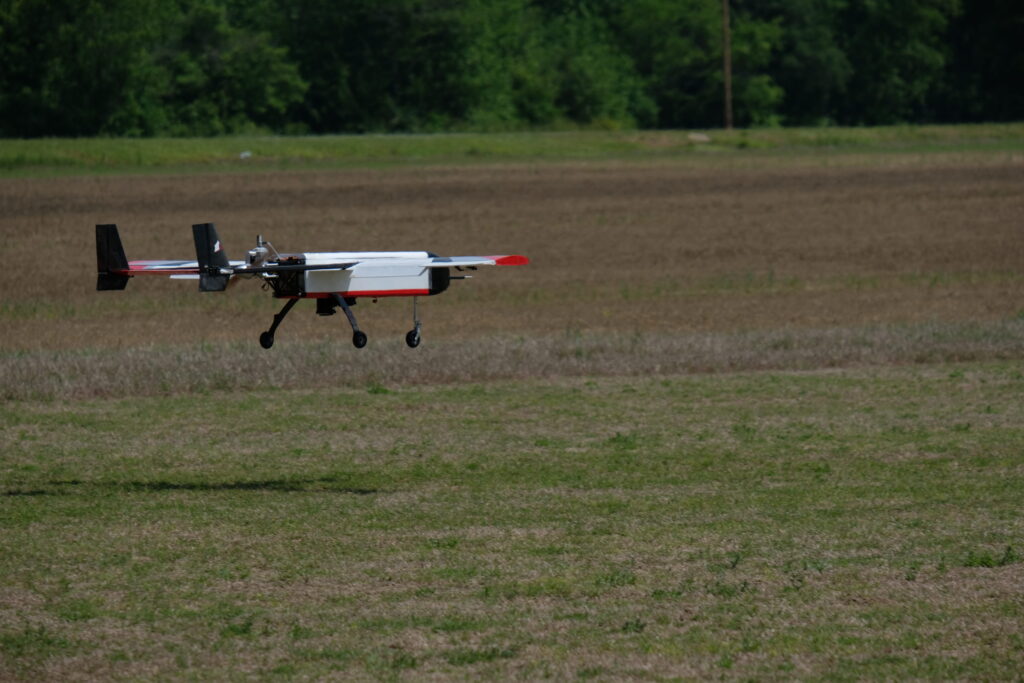
American Institute of Aeronautics and Astronautics (AIAA) Design-Build-Fly
The AIAA Design-Build-Fly international competition challenges student teams to test how their team-designed aircrafts execute electronic warfare missions with a burdensome pipe “antenna” on its wing.
NC State’s “Wolfeye” team took to the winds and soared with teams from over 81 onsite university teams. They participated in one of the largest design-build-fly competitions to date.
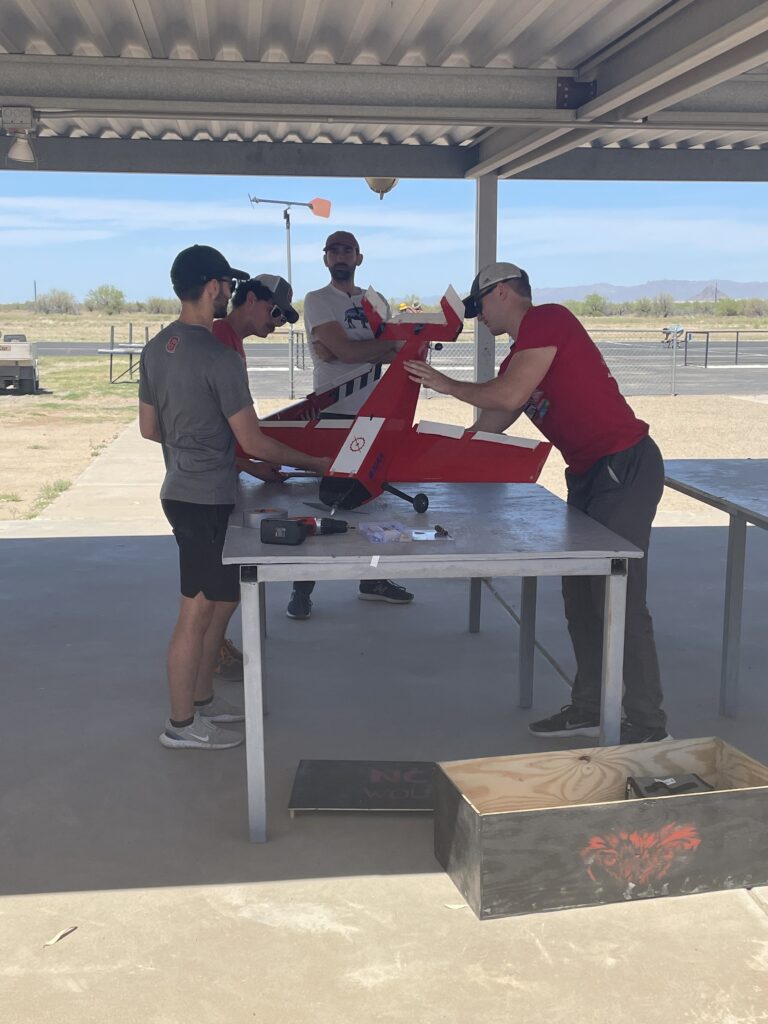
Wolfeye’s aircraft placed 51st in the competition. It passed multiple structural, flight and fixture tests before experiencing an irreparable crash.
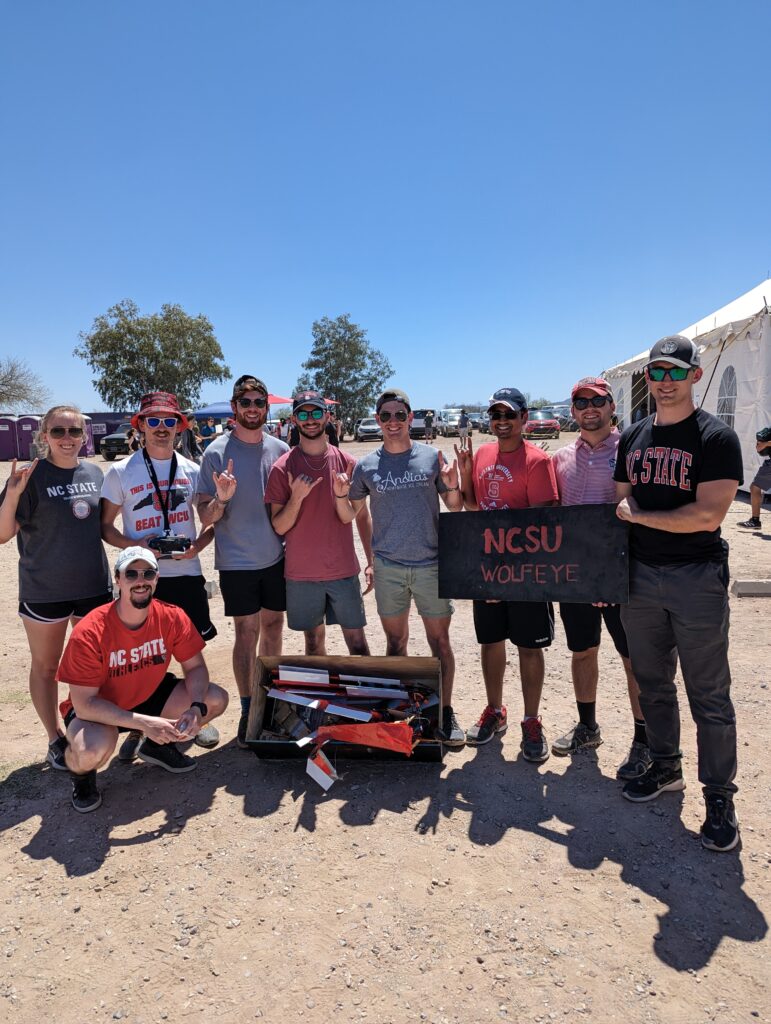
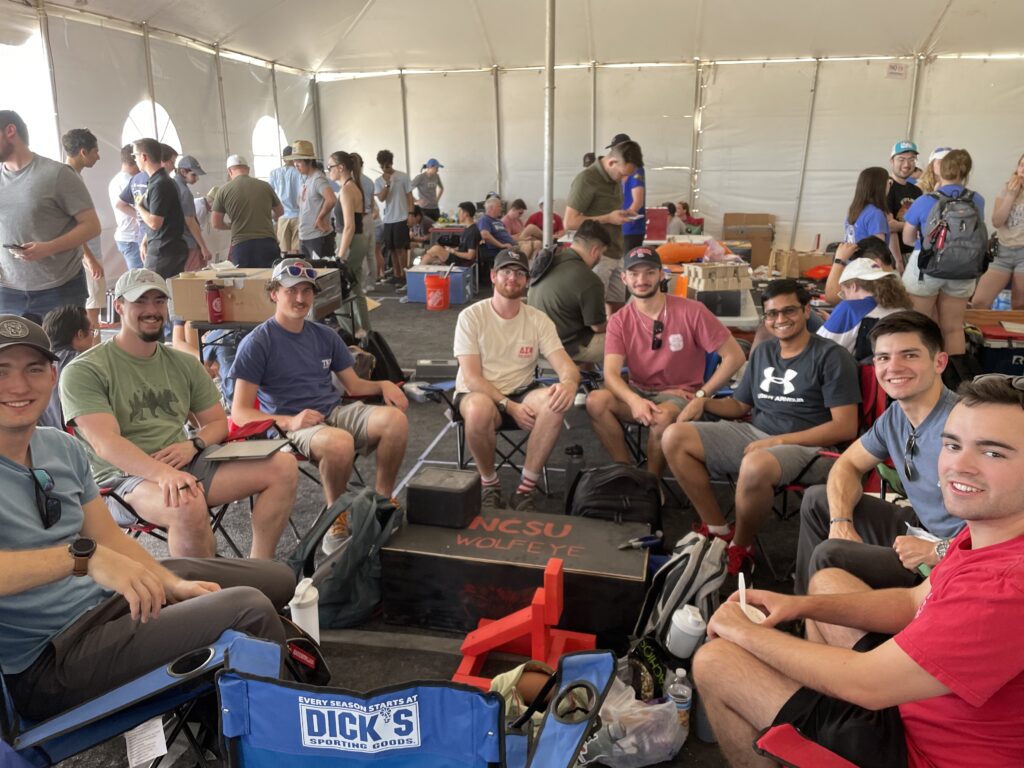
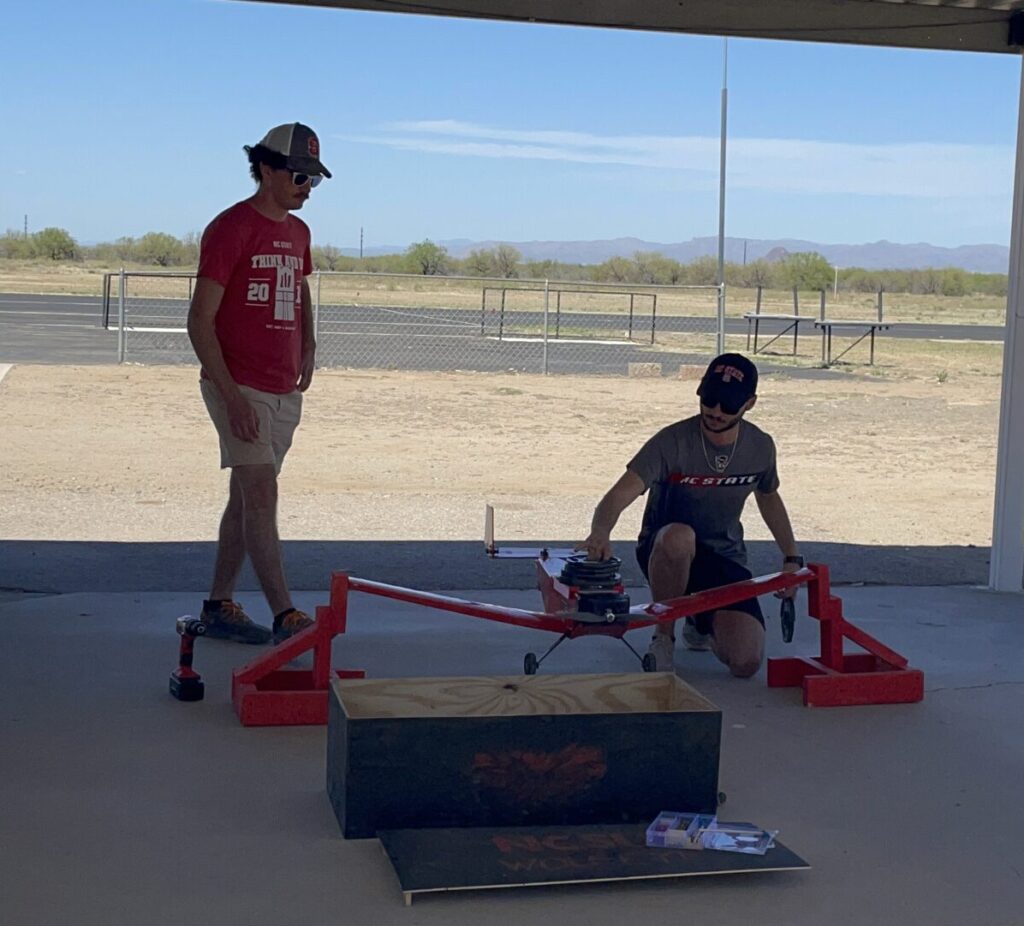
Spaceport America Cup 2022-23
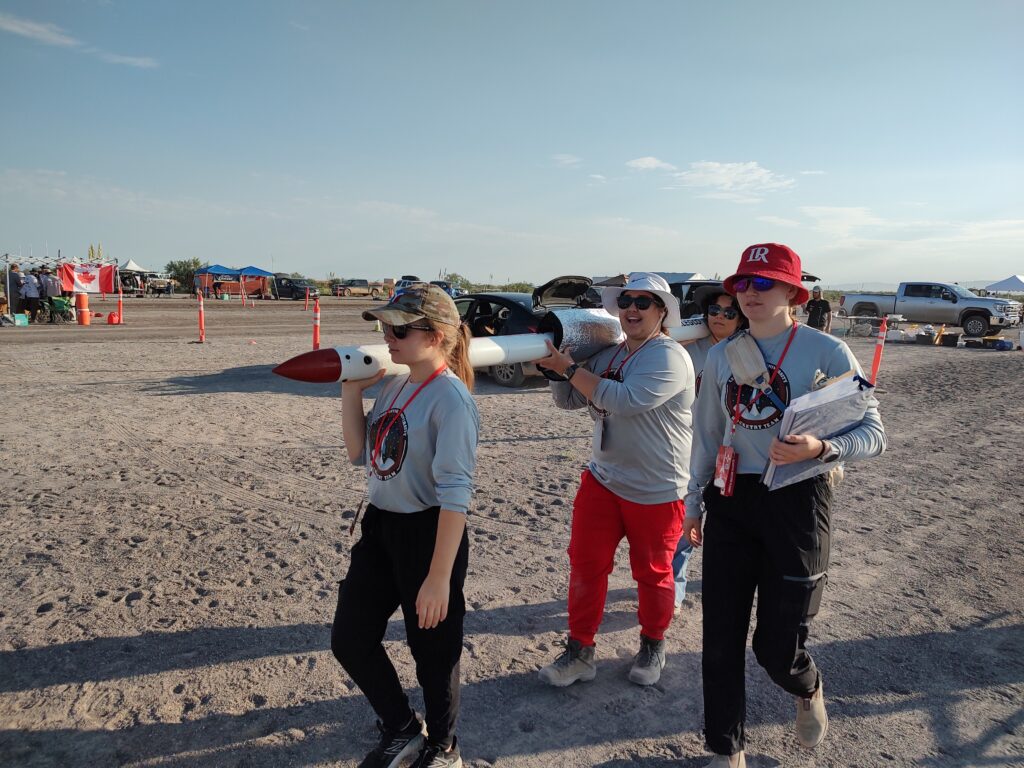
The international Spaceport America Cup 2022-23 involves a rocket design-build-fly competition and conference. Students are challenged to launch their rockets 10,000 to 30,000 feet in the air.
Lenoir-Rhyne University Rocket Team went big in this competition, which hosted over 100 teams.
Lenoir-Rhyne University Rocket Team placed 56th out of 119 teams in its challenge. They competed with a 105-inch-long rocket with a 4-inch diameter fiberglass designed to reach an altitude of 10,000 feet while carrying an 8.8 pound payload. Their target altitude was 8,985ft.
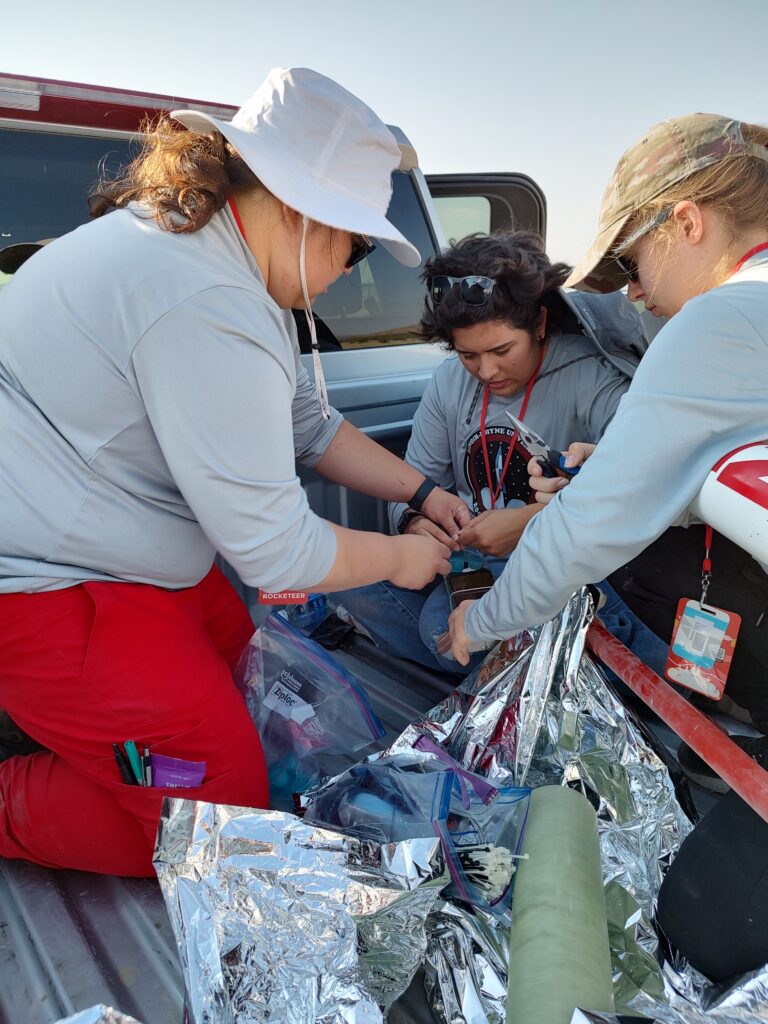
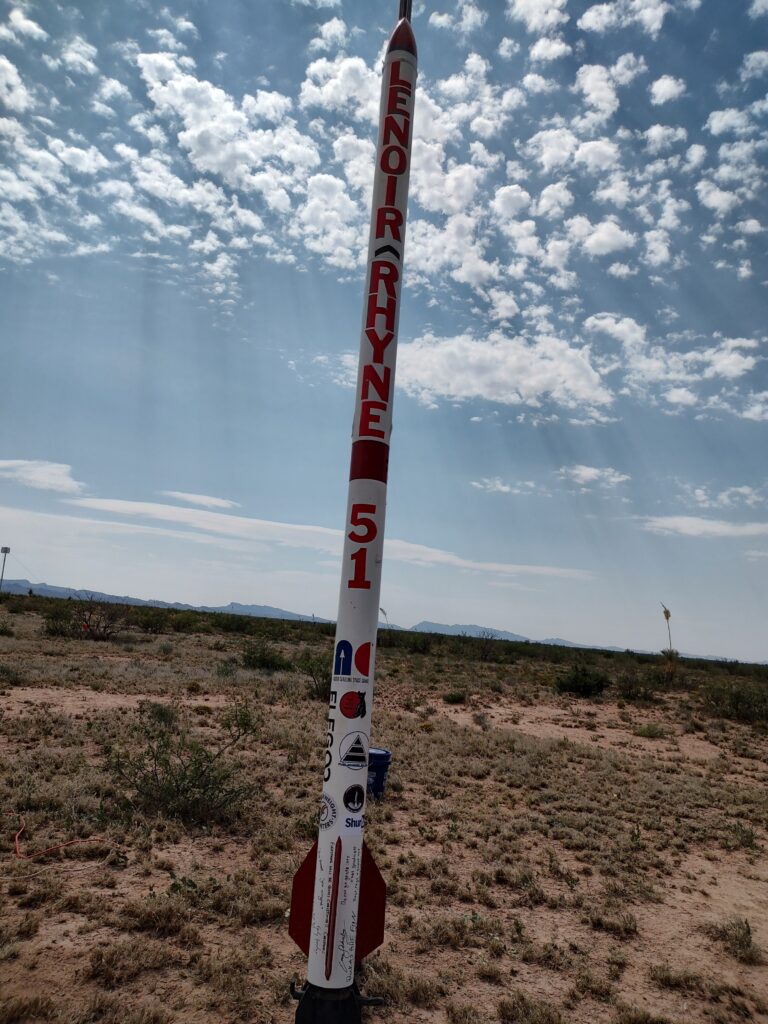
Institute of Electrical and Electronics Engineers (IEEE) SoutheastCon 2023 Hardware Competition
This year’s national IEEE SoutheastCon Hardware Competition , students were presented with a challenge scenario: They were in a post-hurricane Orlando theme park and needed to use autonomous CAT5 recovery robots to help local animals and rebuild the city. Their robot had to feed the manatees and alligators, move three knocked over duck statues back in the pond, rebuild statues and place the remaining pieces in the recycling bins.
UNC Charlotte’s Gold Rush Robotics team brought Orlando back to critical function in this competition.
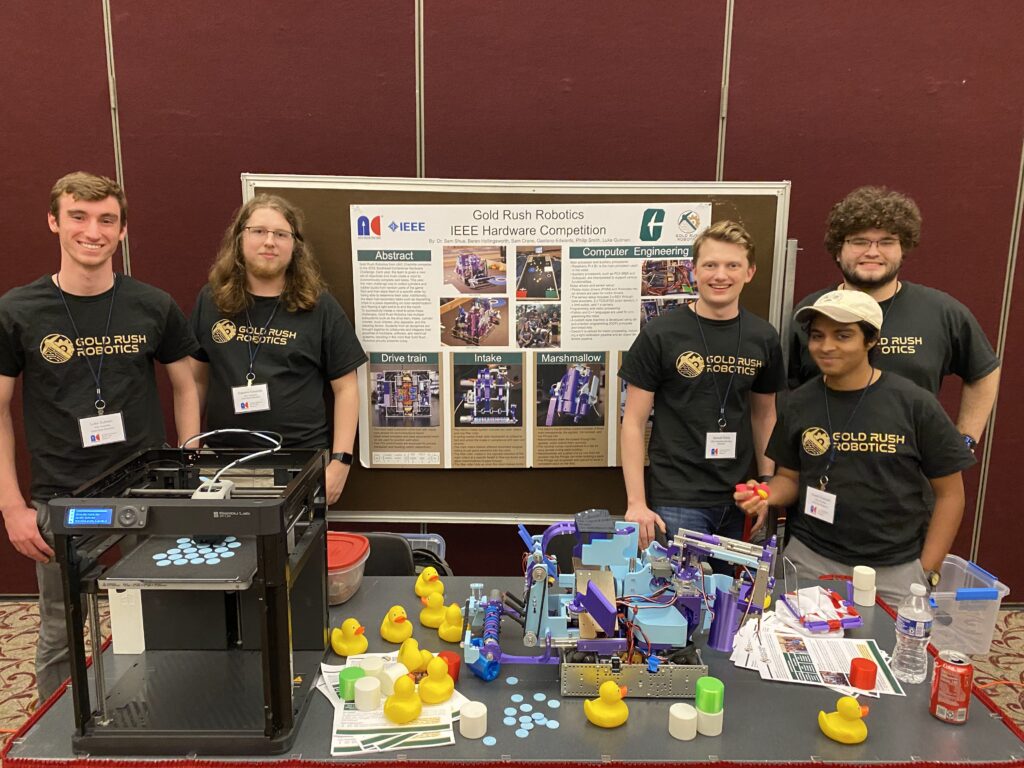
The Gold Rush Robotics team’s recovery bot conducted tasks ranging from tossing ducks back into the park’s arena to feeding an alligator aquarium with food chips.
“Despite the team not placing as well as we would have liked, the experience of planning, designing and building the robot are the most valuable aspects of these kinds of competitions,” said Sam Shue, faculty principal investigator of Gold Rush Robotics. “The students learned a lot about the engineering design process and working as a team. Competitions like this give students great educational experiences that just cannot be found in the classroom.”
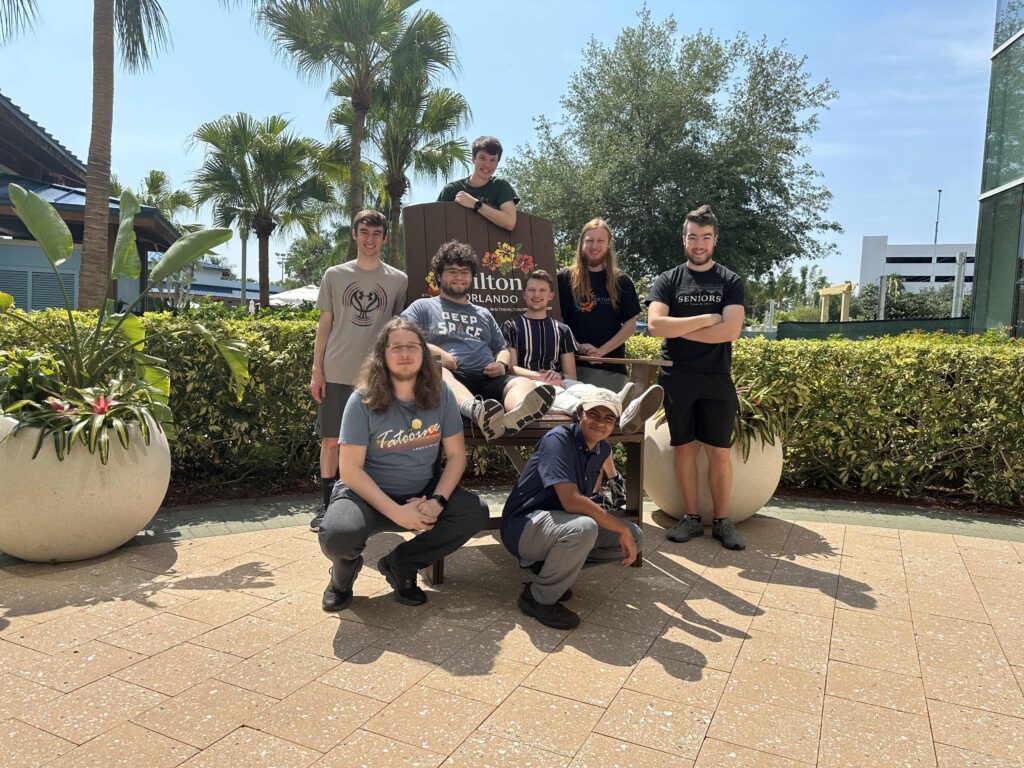
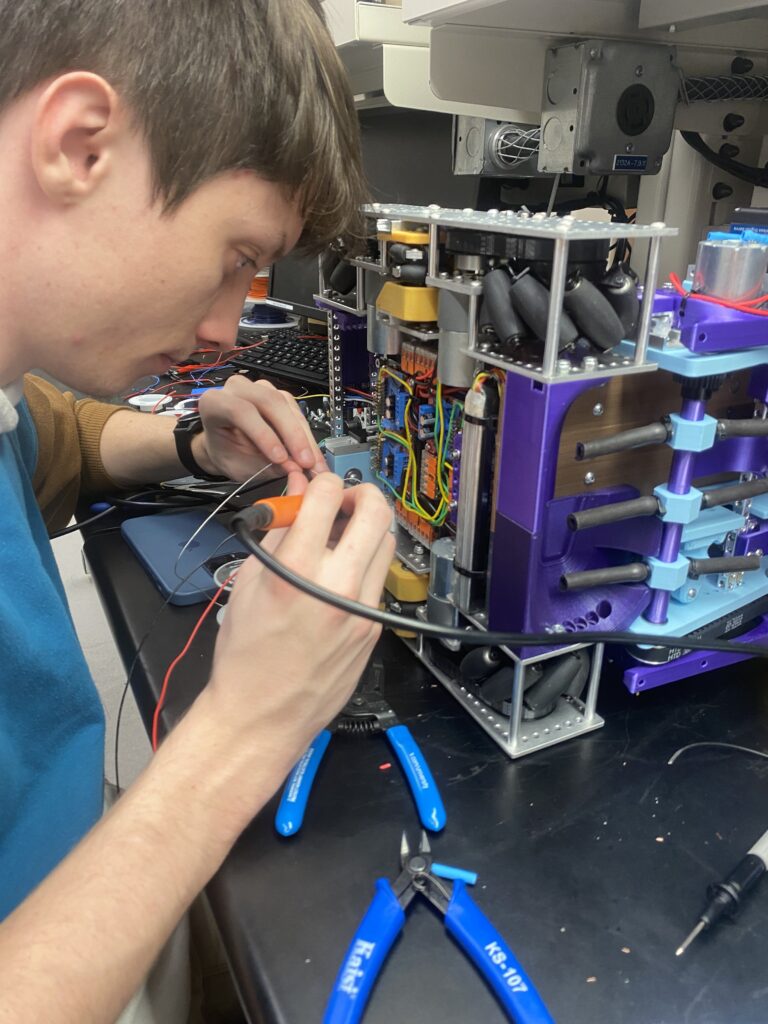
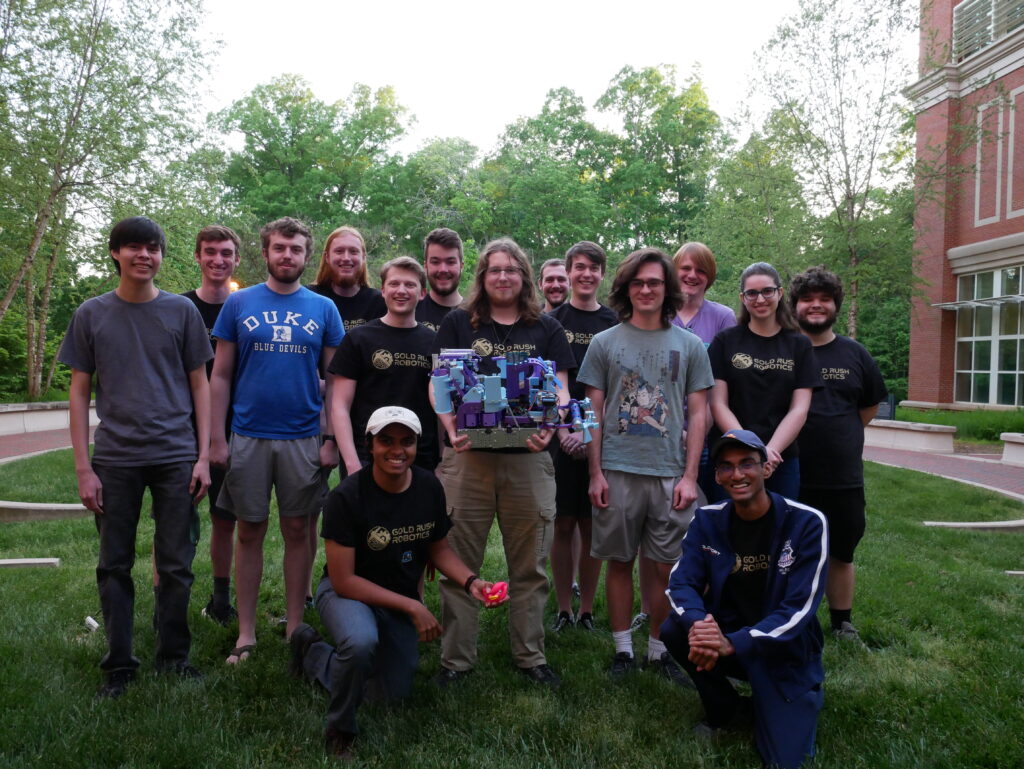
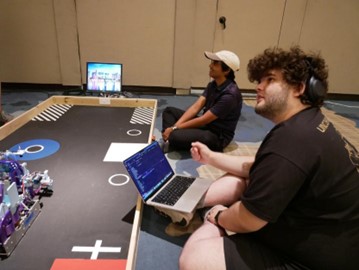
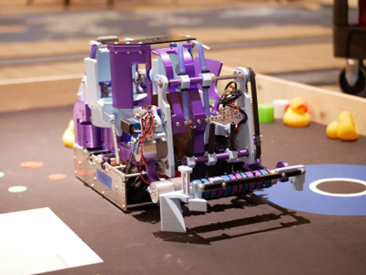
RoboSub
The international RoboSub competition challenges students to design an autonomous underwater vehicle, such as those used by scientists to explore and map the sea. The competition tasks student teams to create a robot with the ability to follow pathways, pass through buoyant gates, touch buoys, interact with bins, shoot underwater torpedoes and use acoustic waves to guide itself to the surface. Students employed their oceanographic exploration skills in this competition.
The NC State AquaPack Robotics will shortly take to the waters in this event cohosted by the Naval Information Warfare Center Pacific. The team will compete with their reiterated SeaWolf robot; results will be available July 31-August 6, 2023. This article will be updated as results become available.
“An additional way our work benefits NASA and STEM studies is through our community outreach,” said Tajah Trapier, president of AquaPack Robotics. “We make a consistent effort each year to volunteer and share our knowledge and experience in building robots with our community. Our efforts include volunteering at the Marbles Kids Museum, advising high school robotics teams, attending K-12 STEM events and attending the NC Space Symposium.”
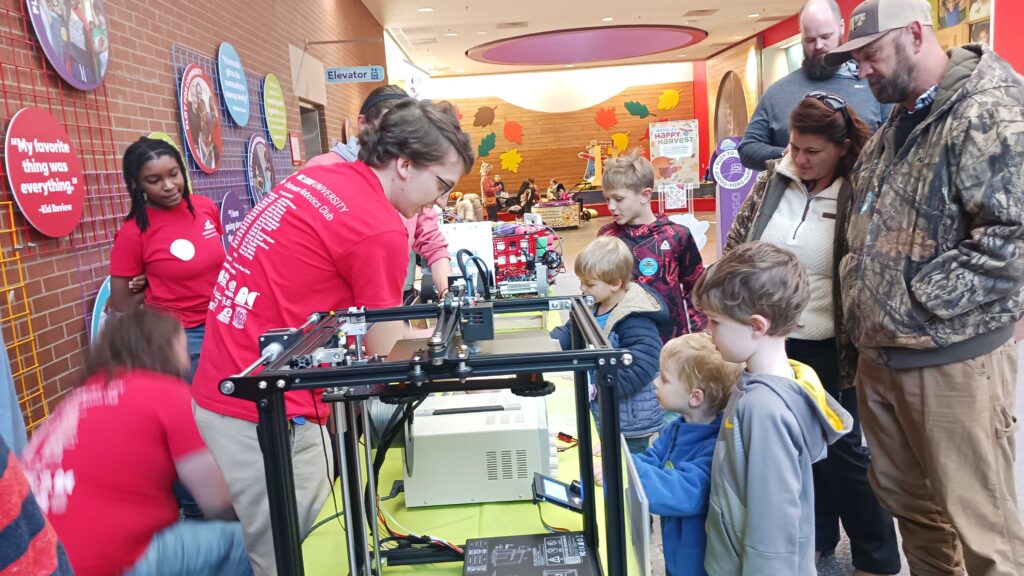
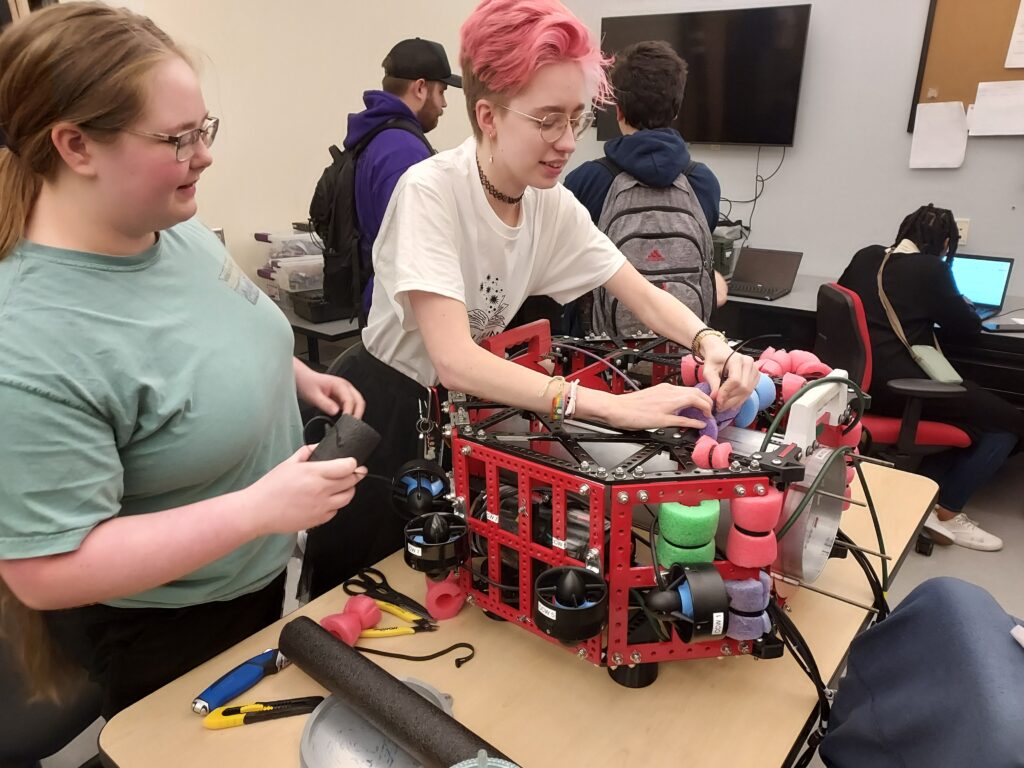
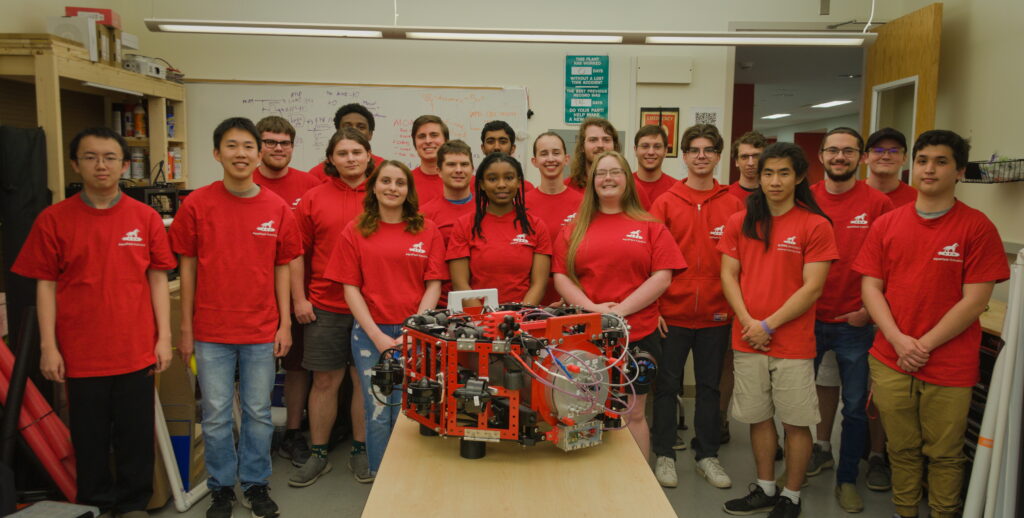
Launching Successful Careers
“NC Space Grant continuously hears back from program alumni that being part of a team under the Team Experience and Competition award has been an essential element for their success along their academic and career pathways and are some of the most memorable experiences they have gained as a student,” Canfield said. “NC Space Grant sends best wishes to these teams in their future research and careers that will strengthen international space studies.”
This post was originally published in North Carolina Space Grant.
- Categories:
